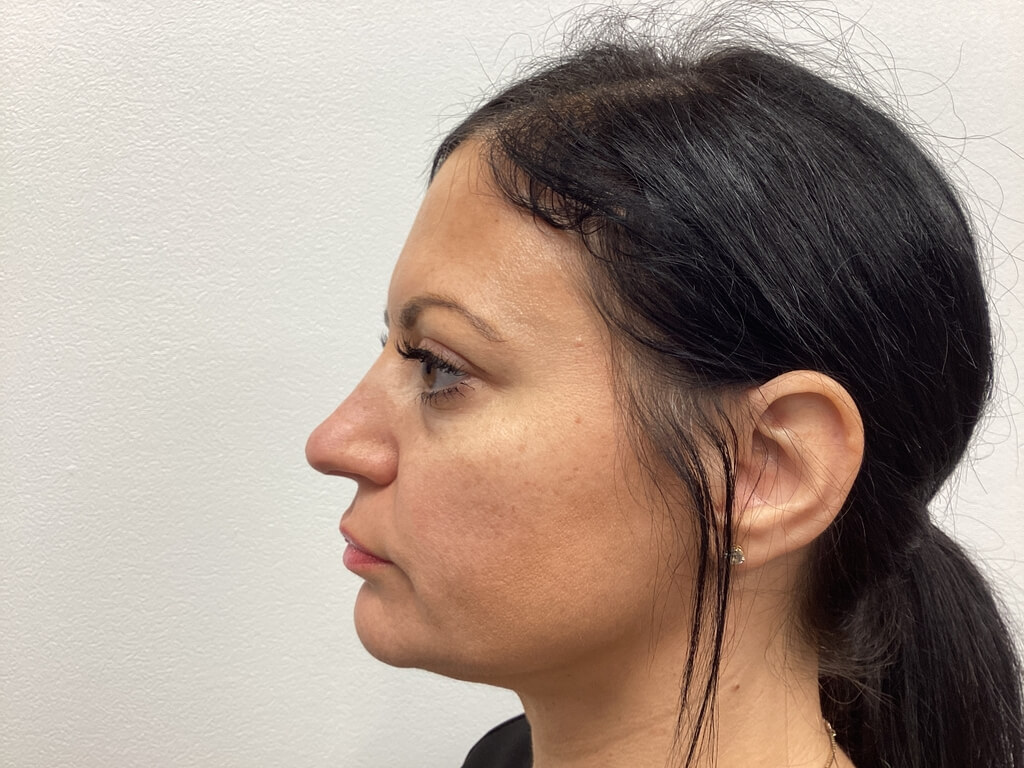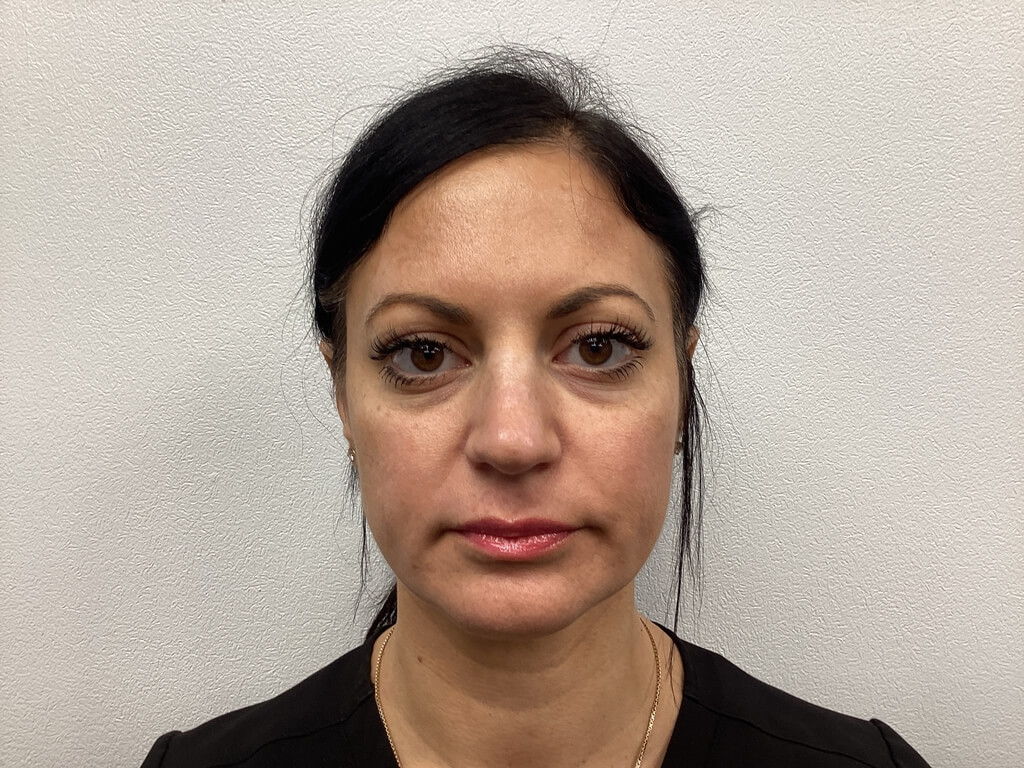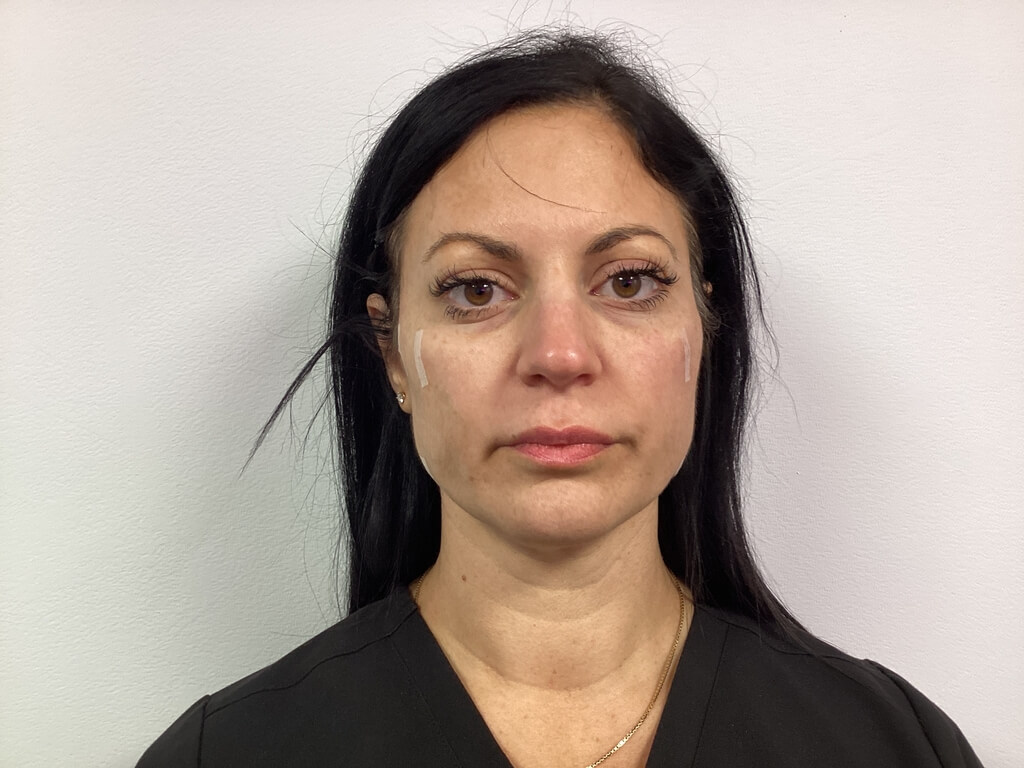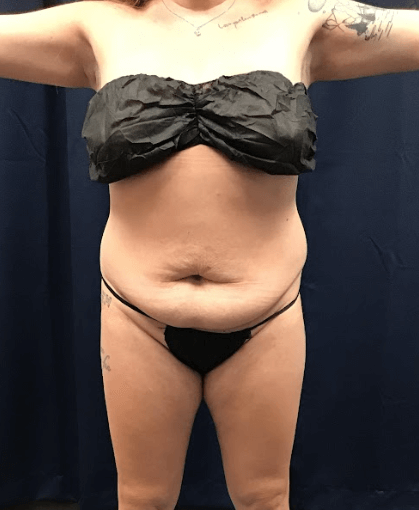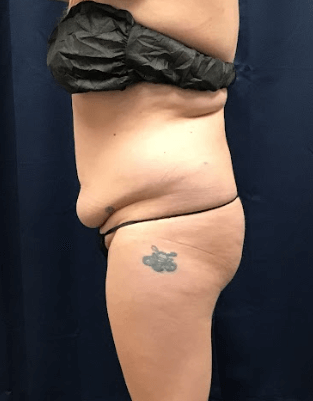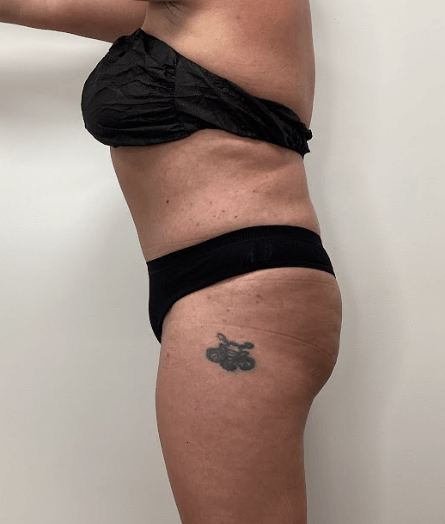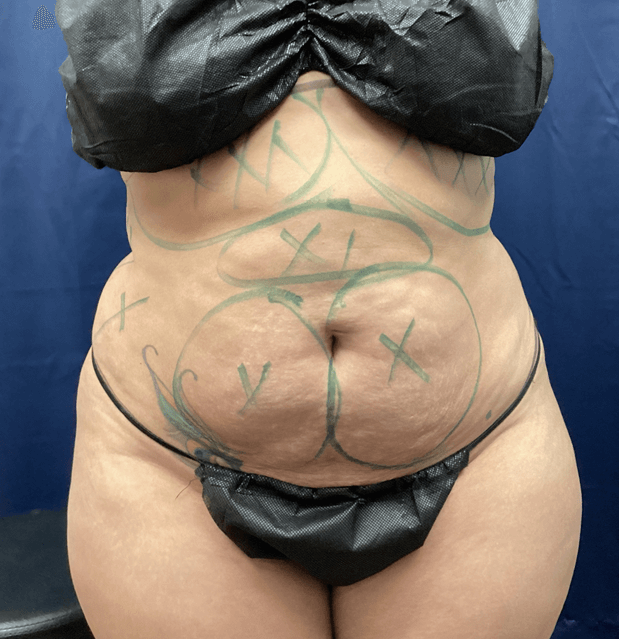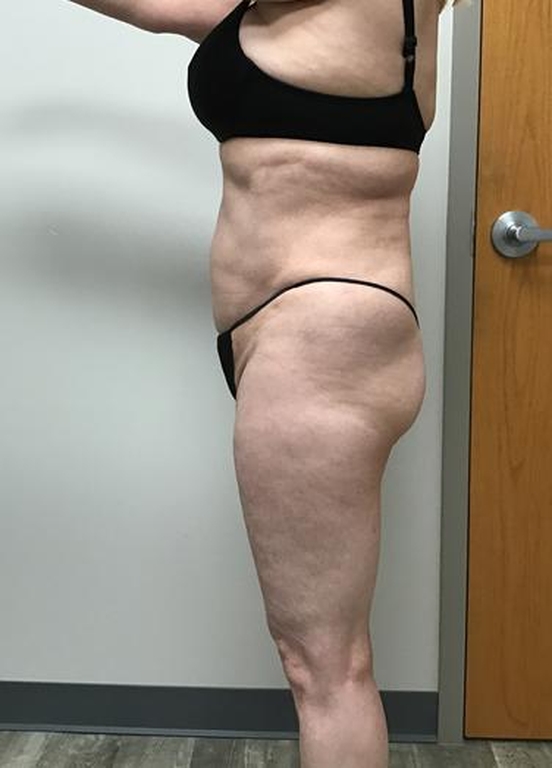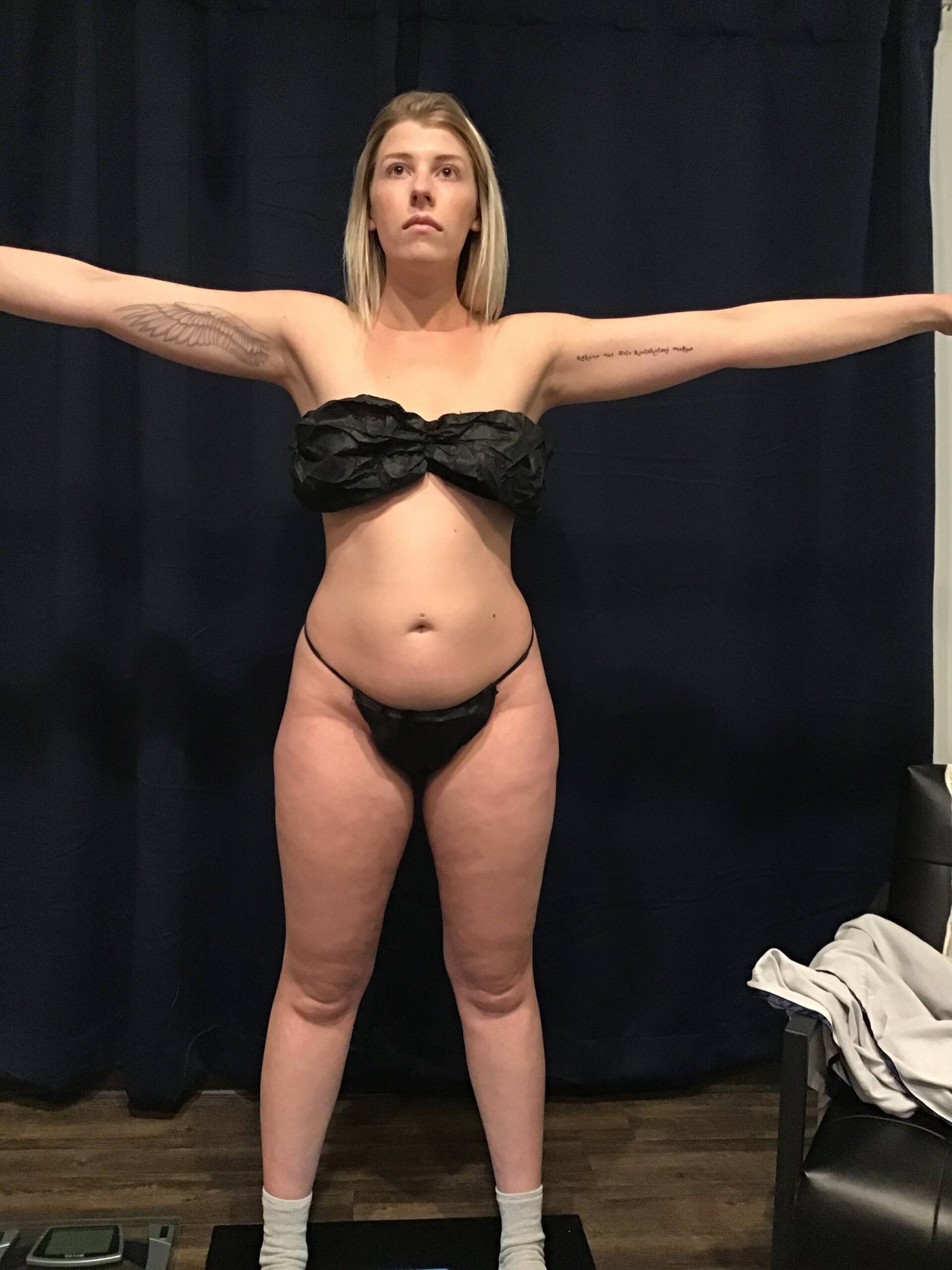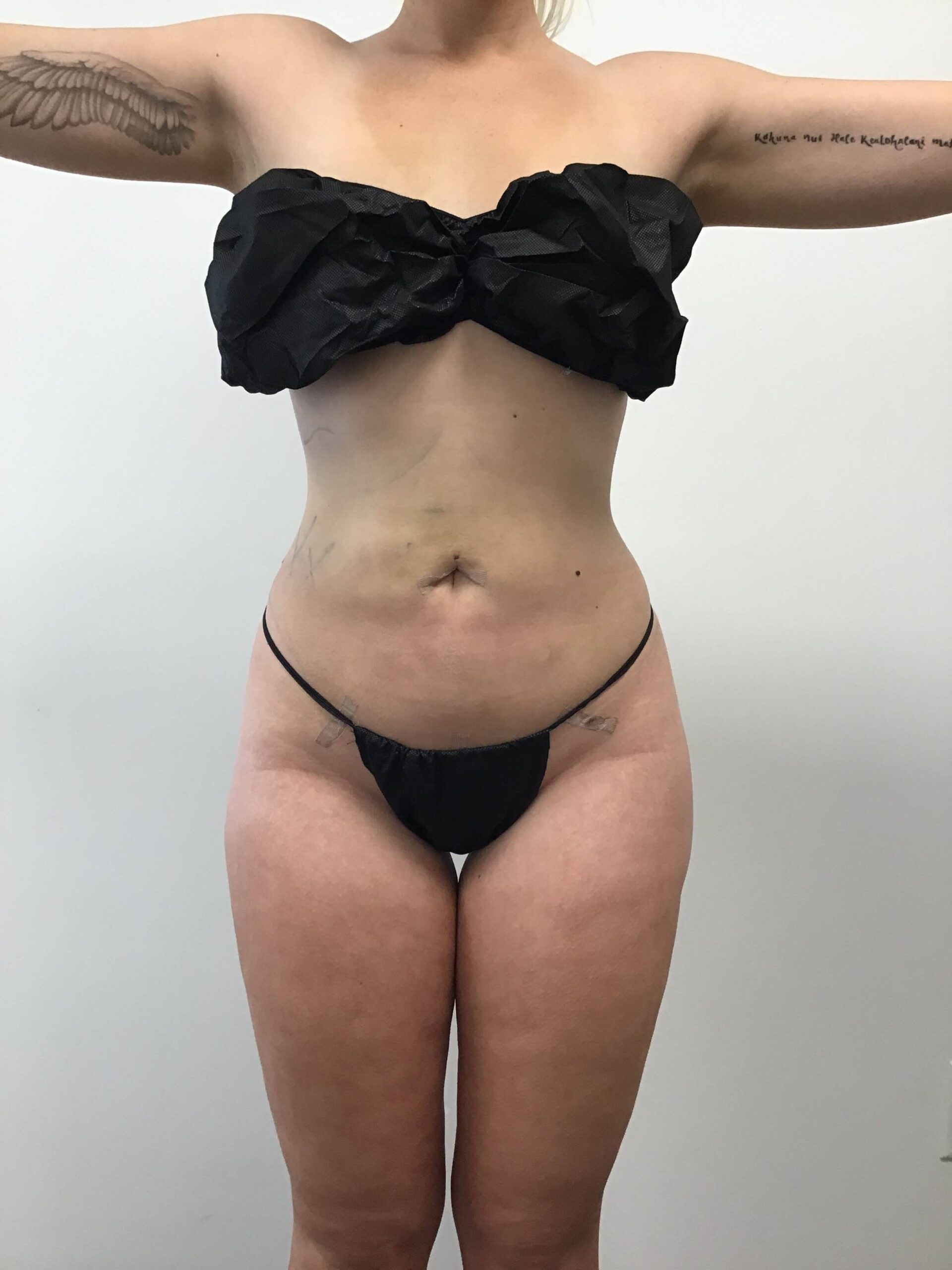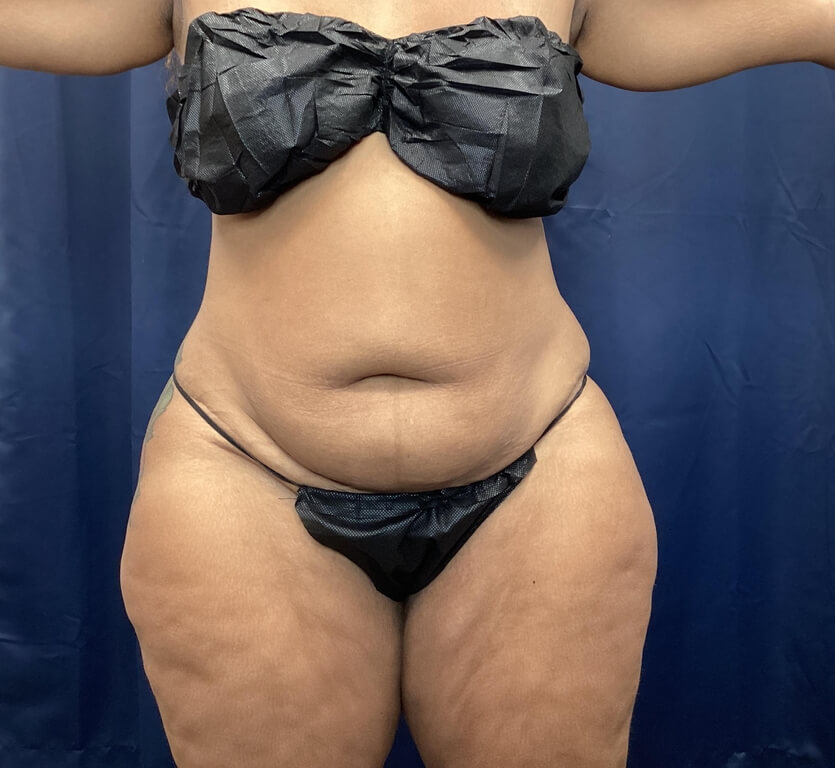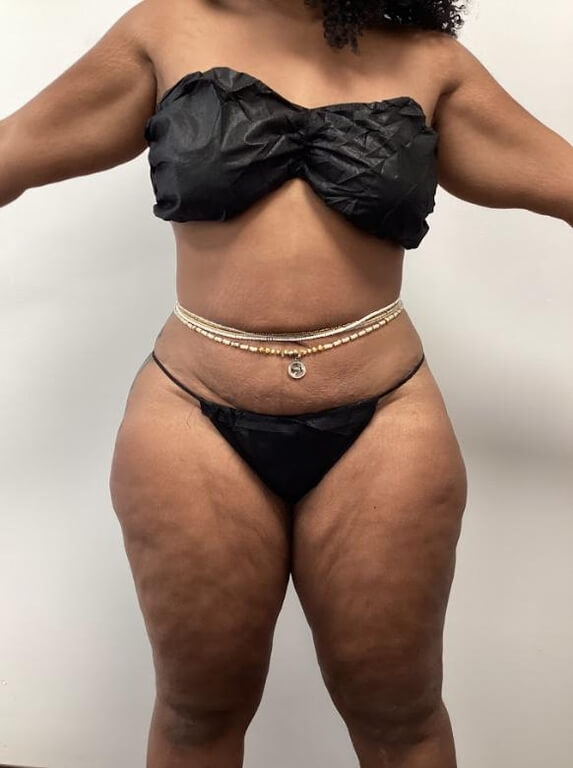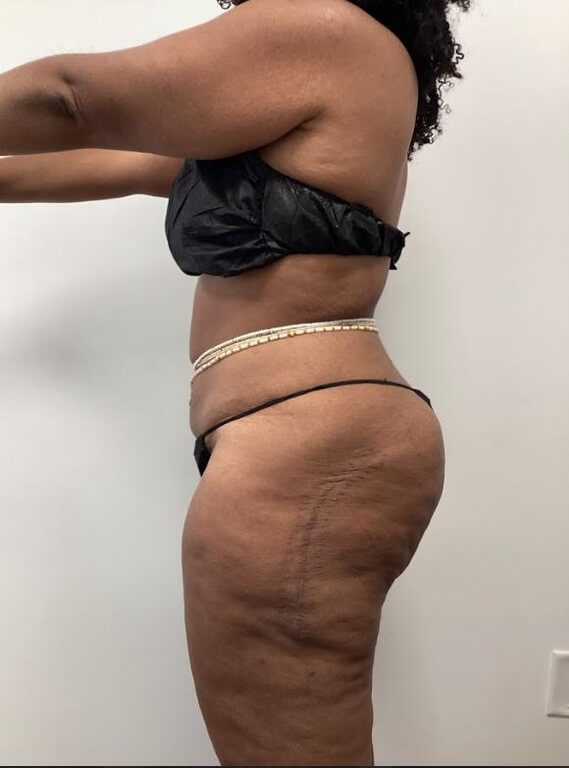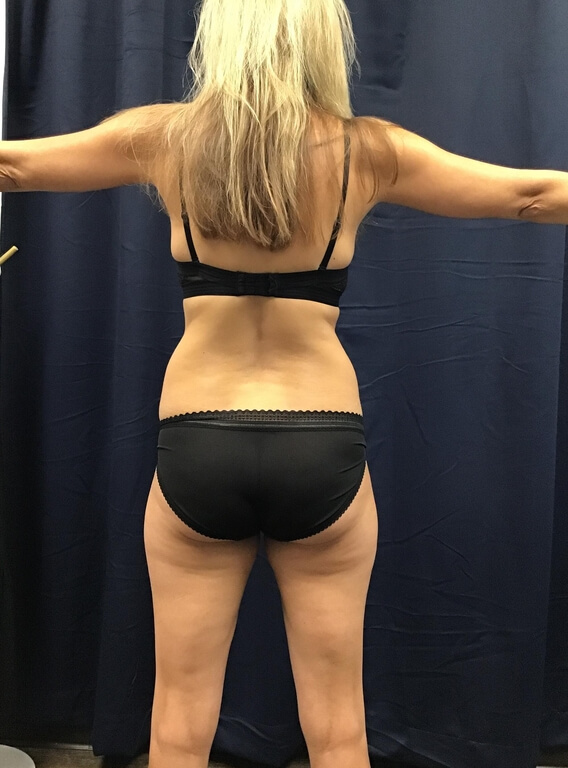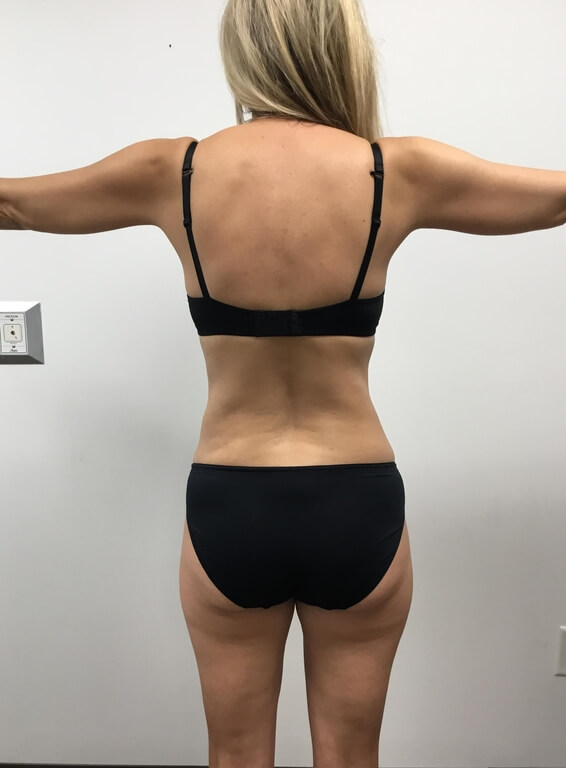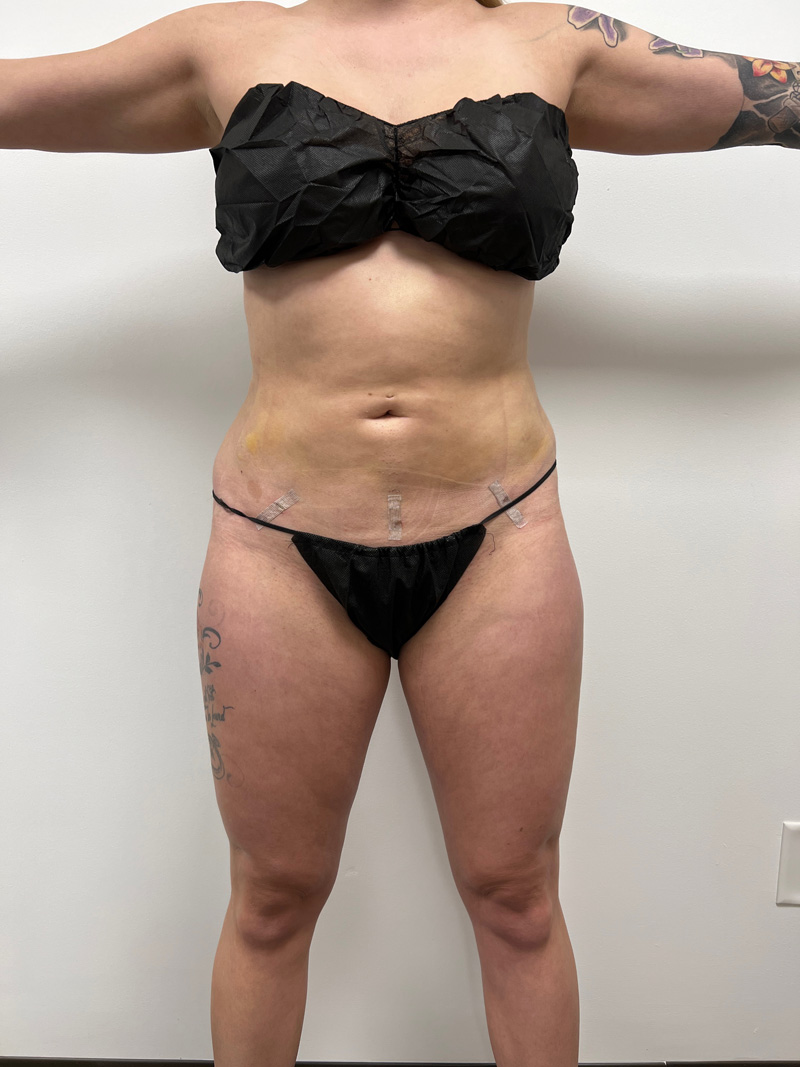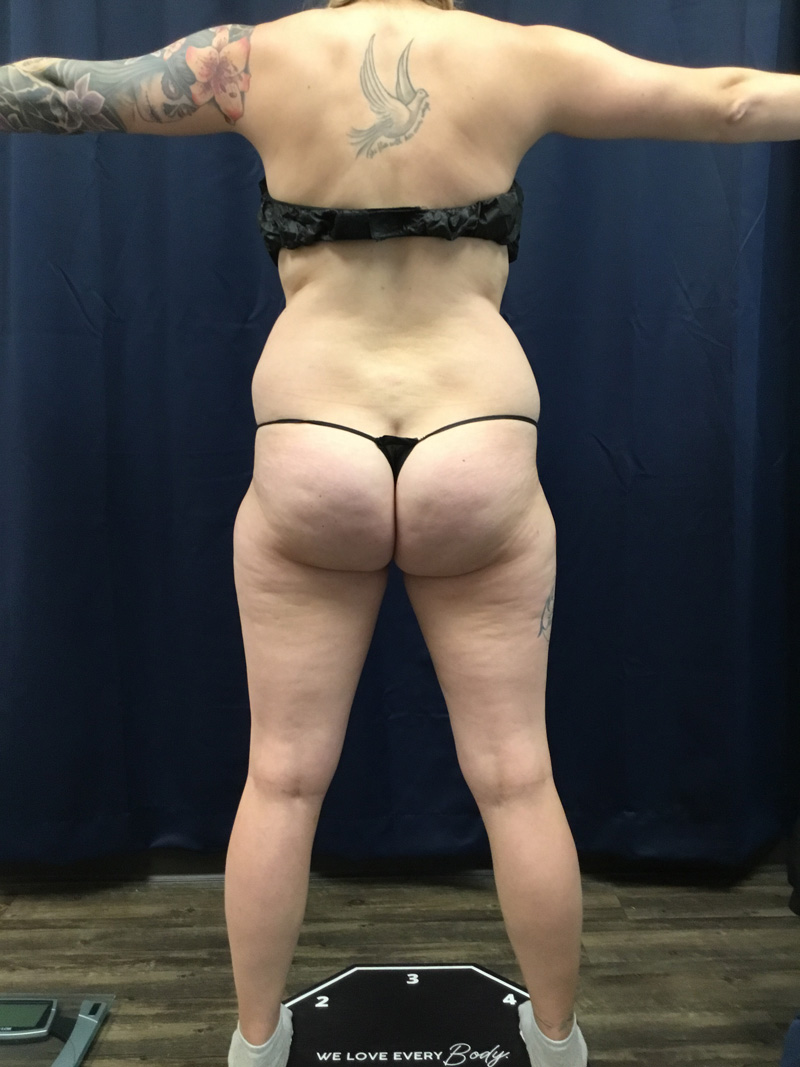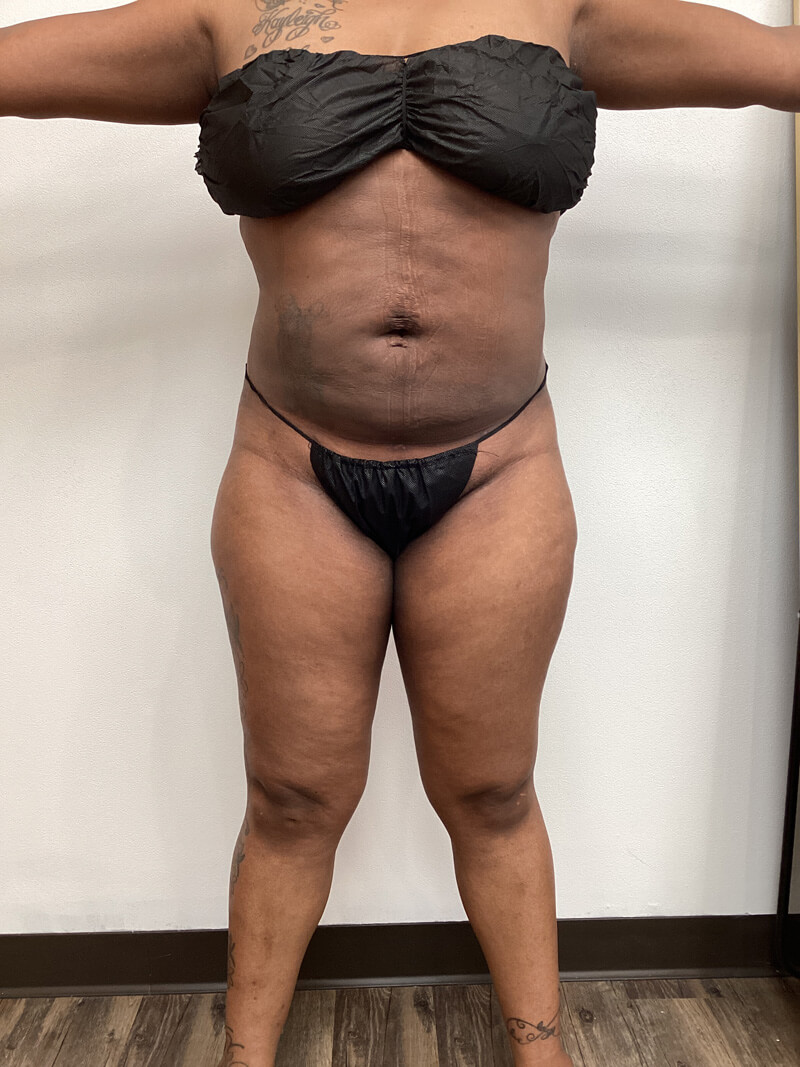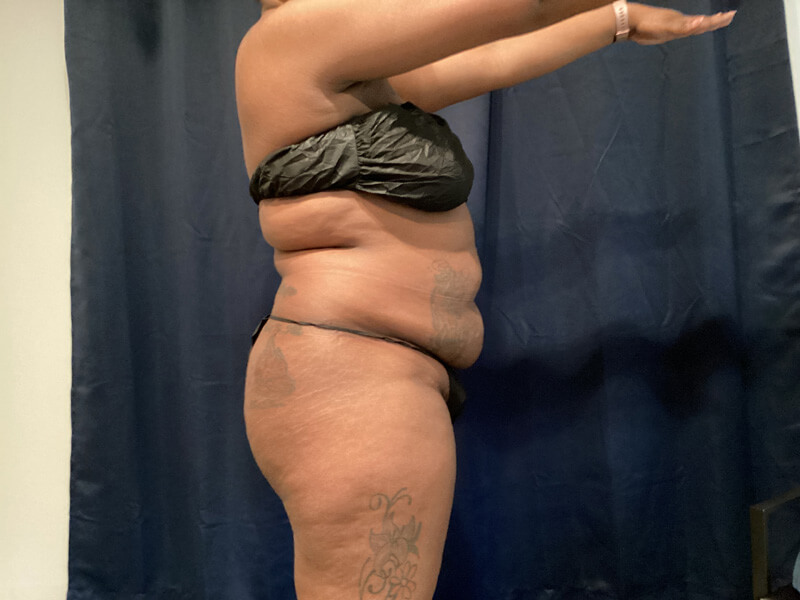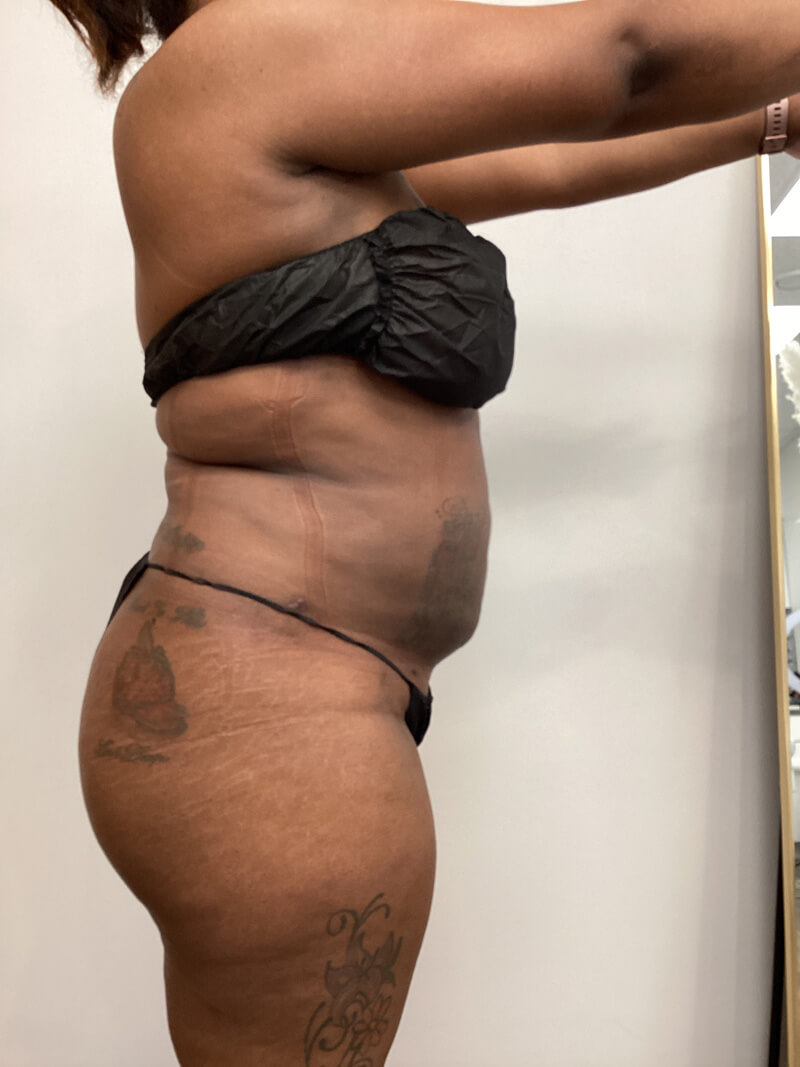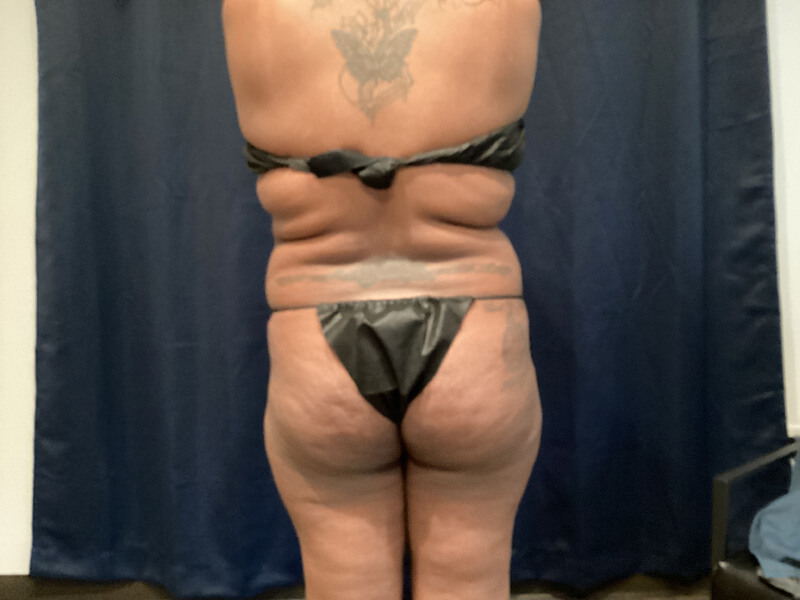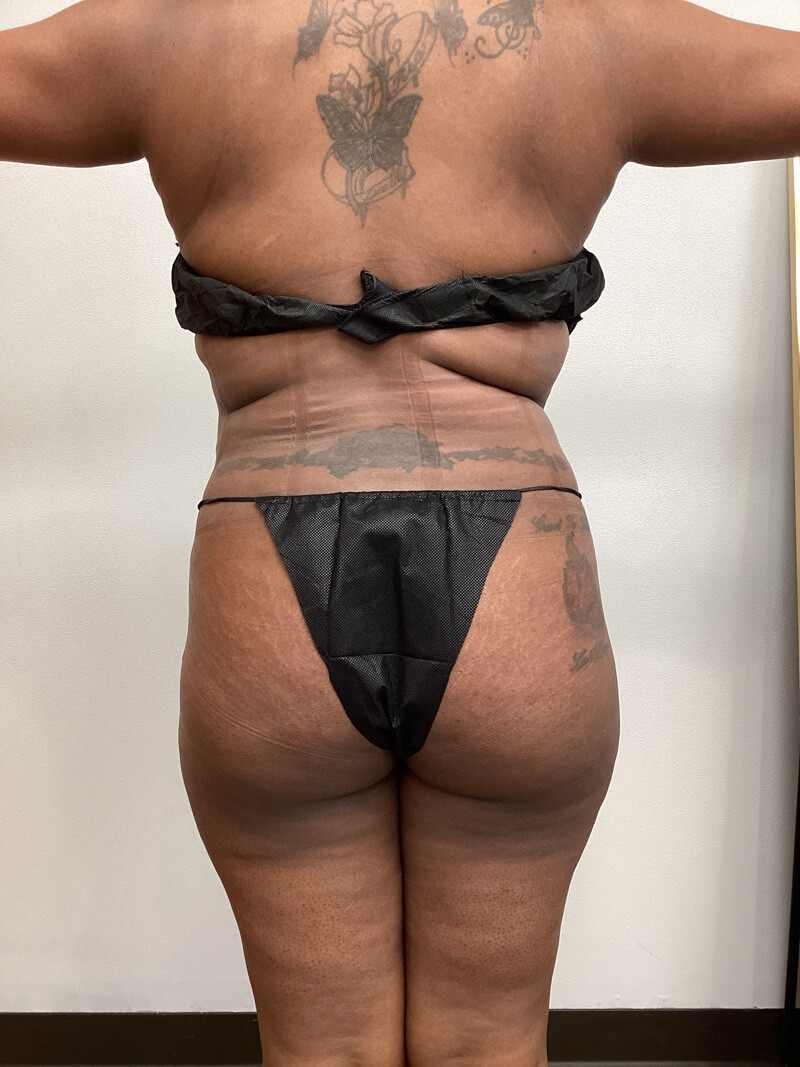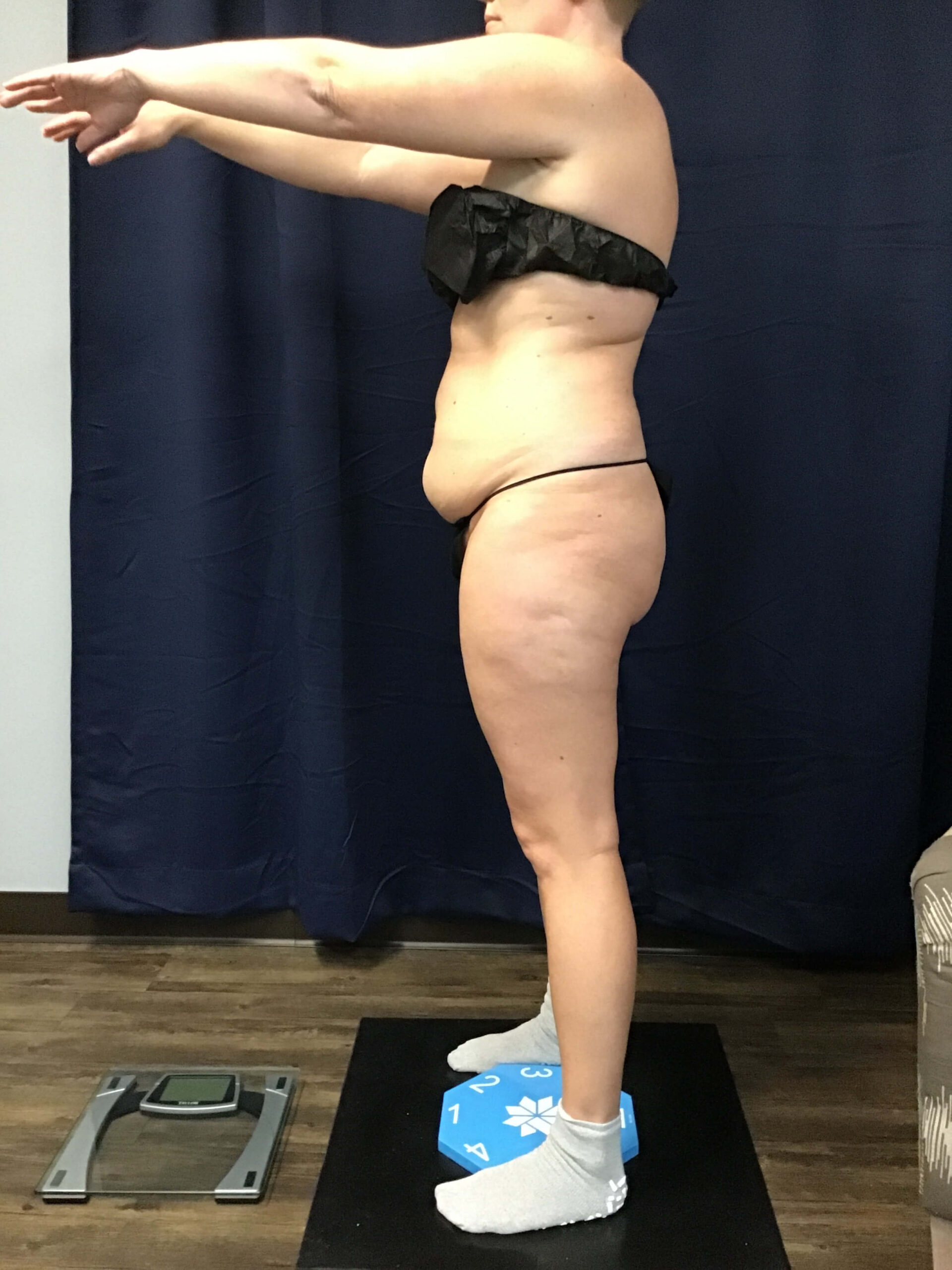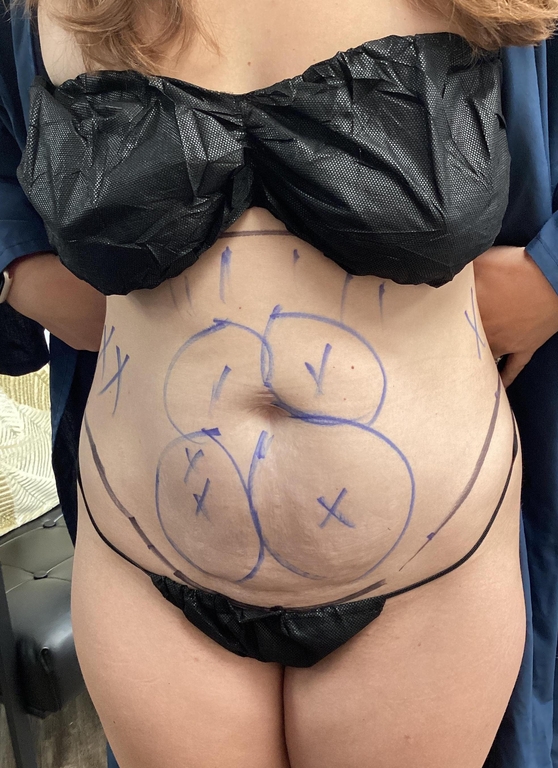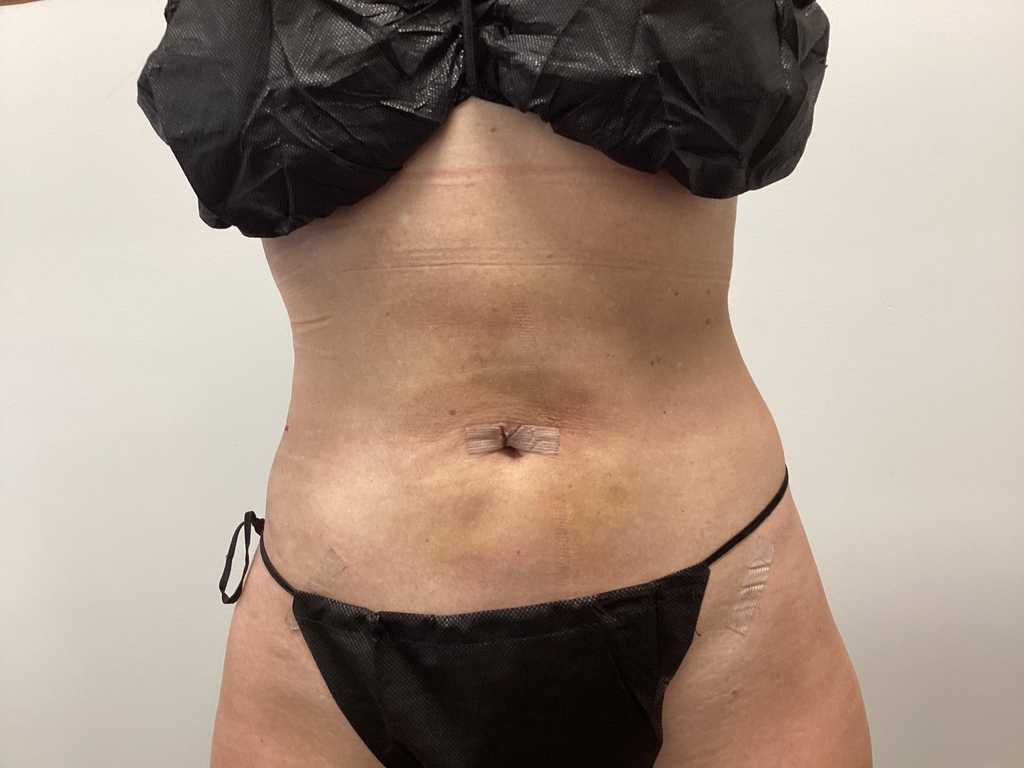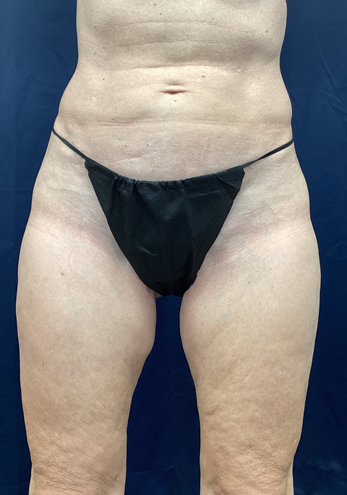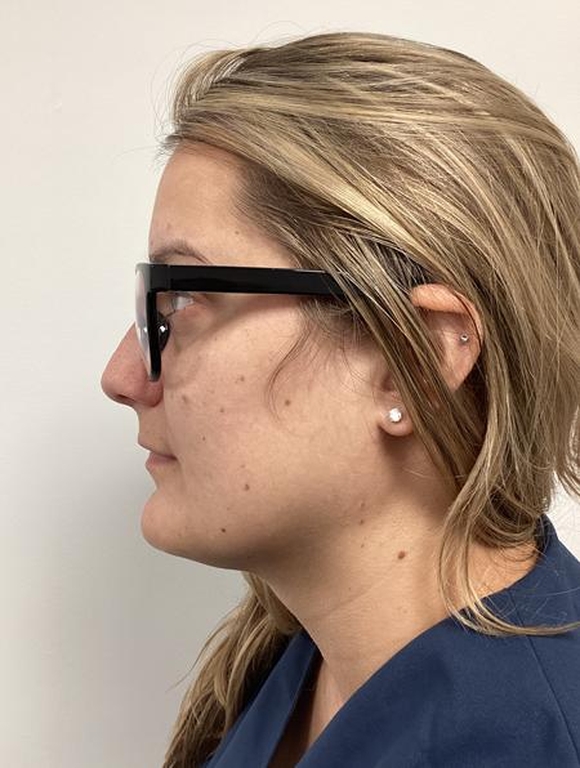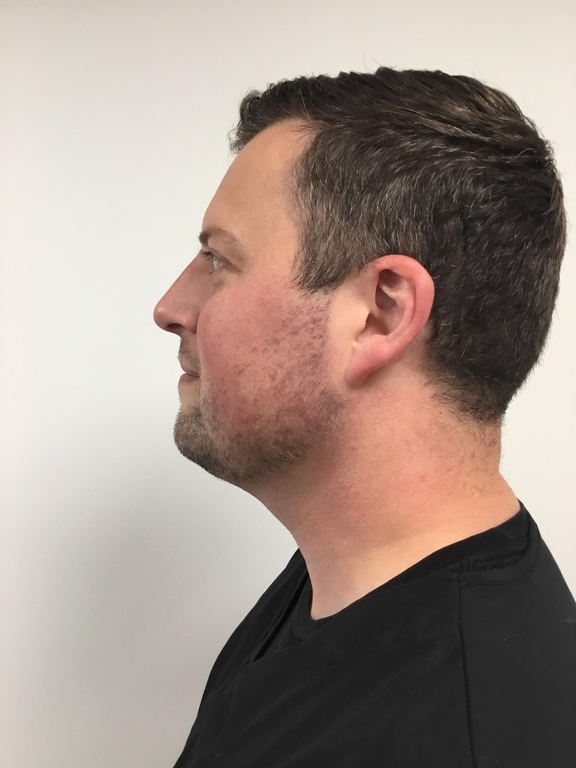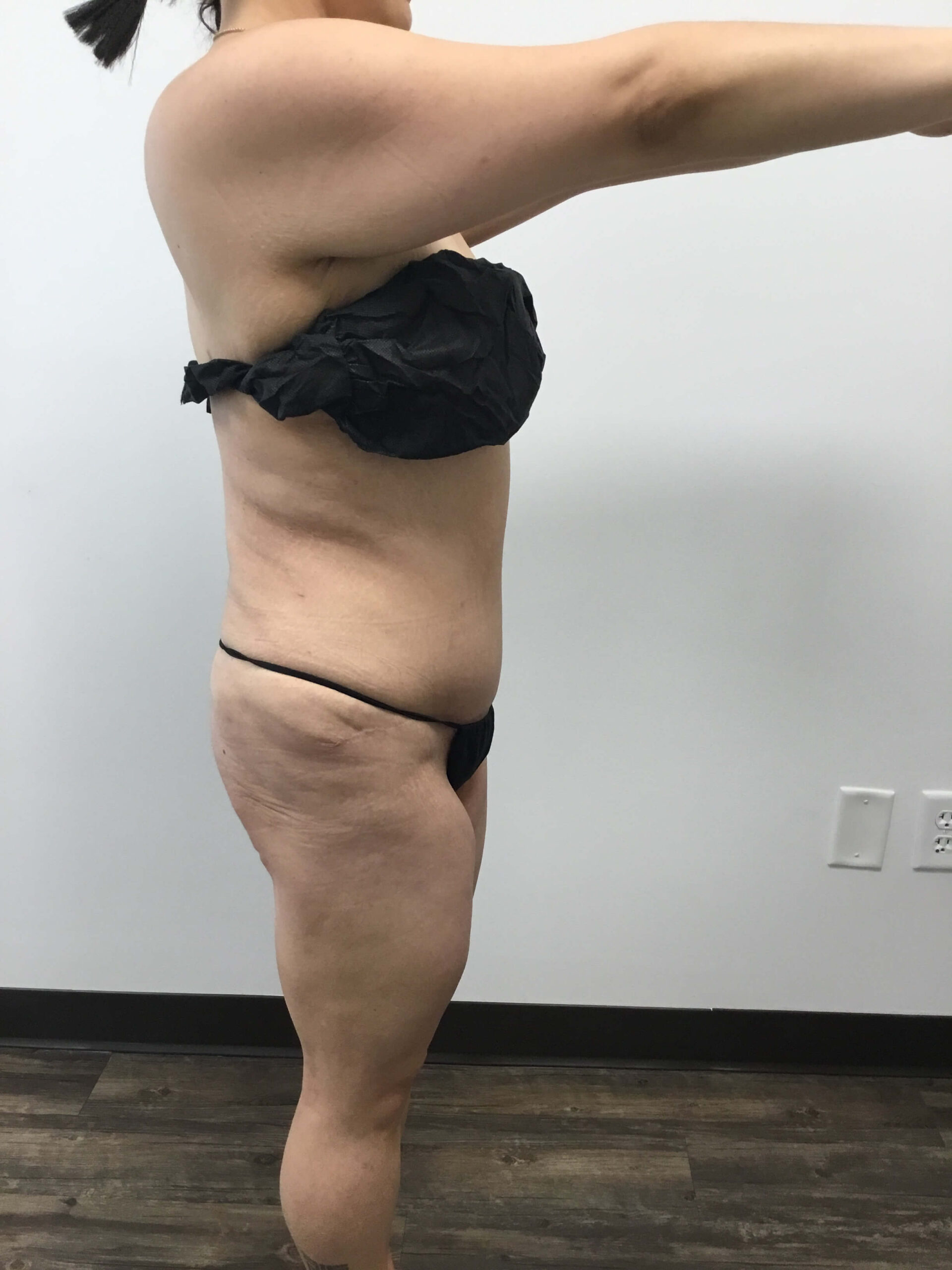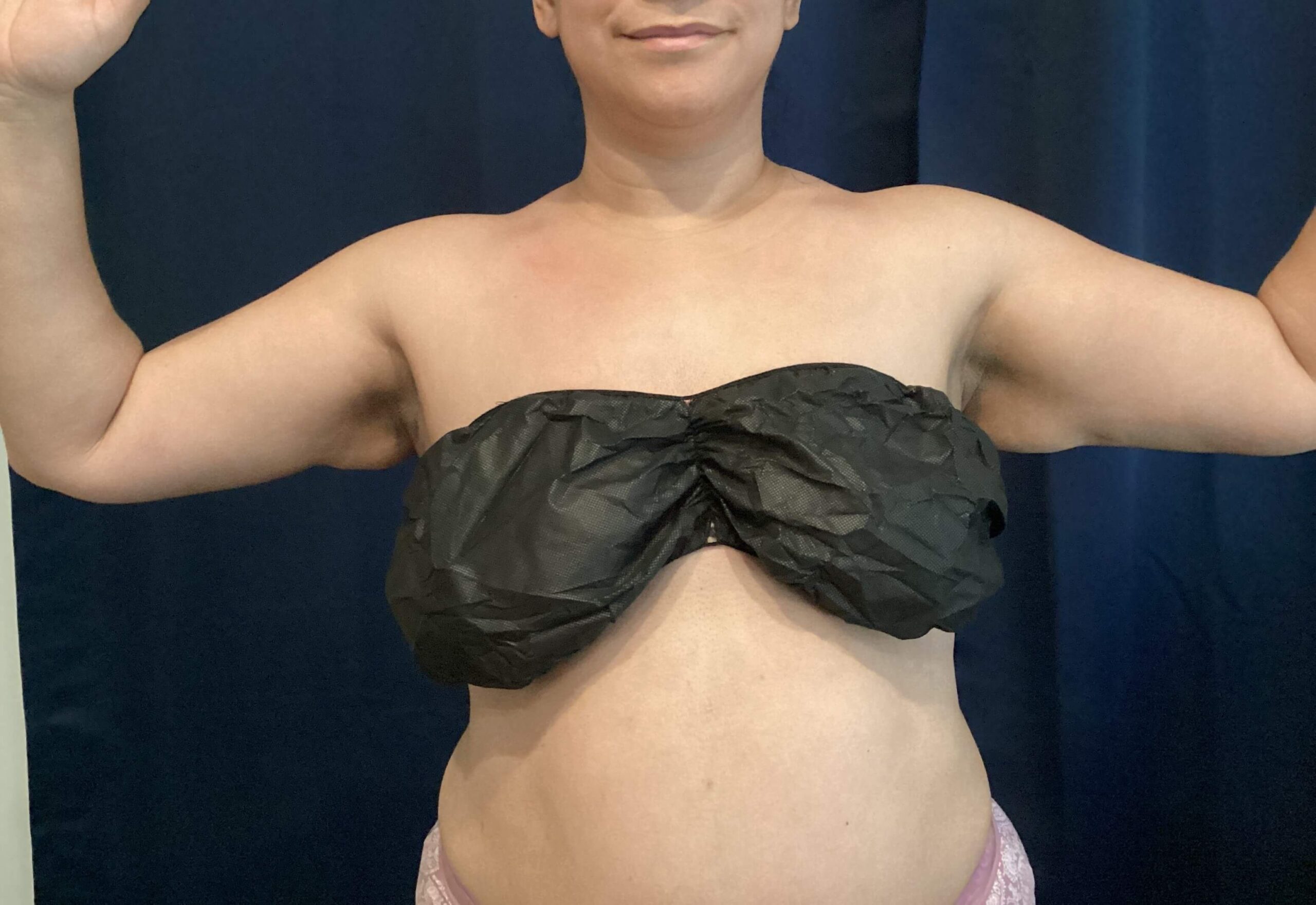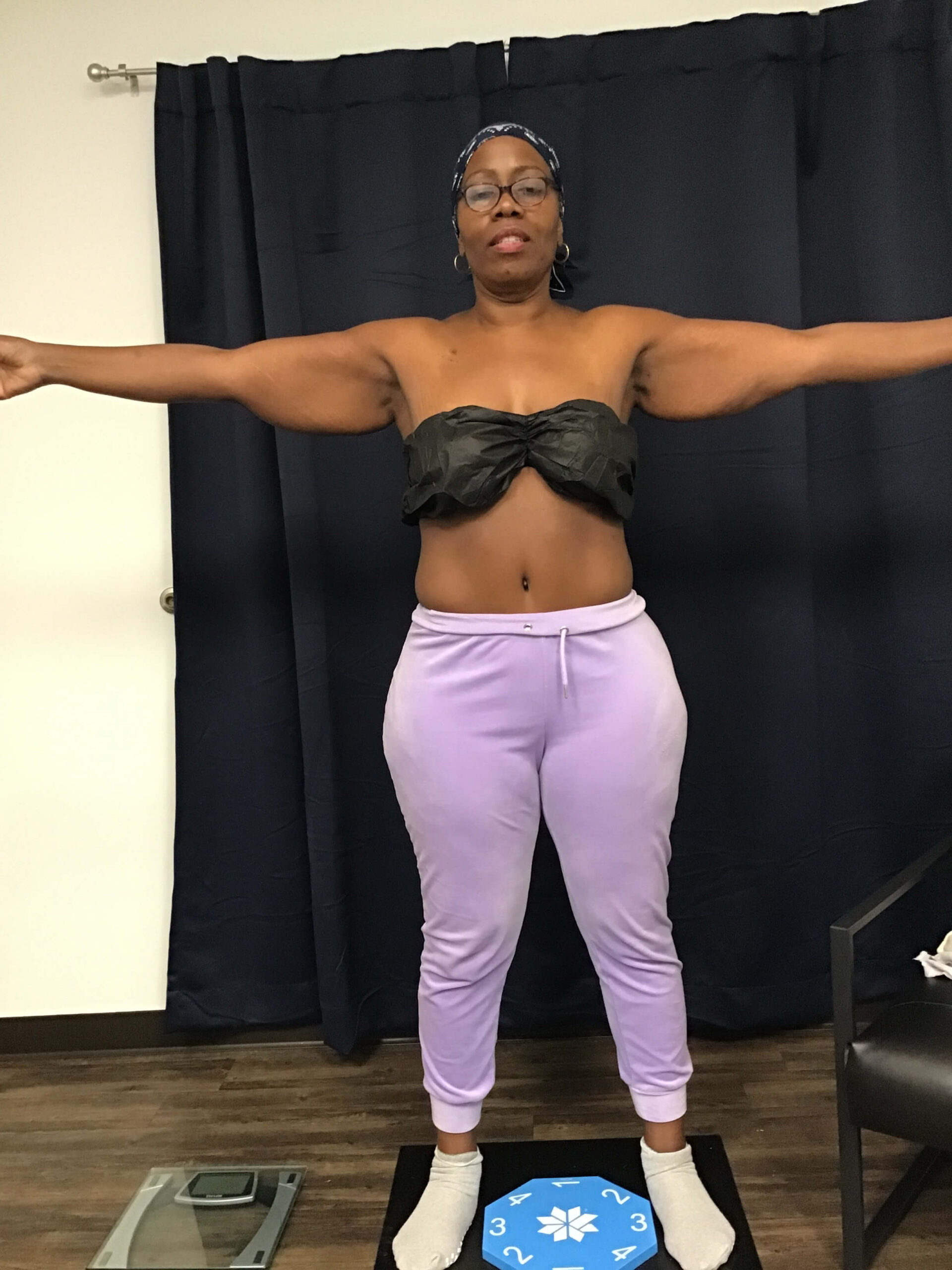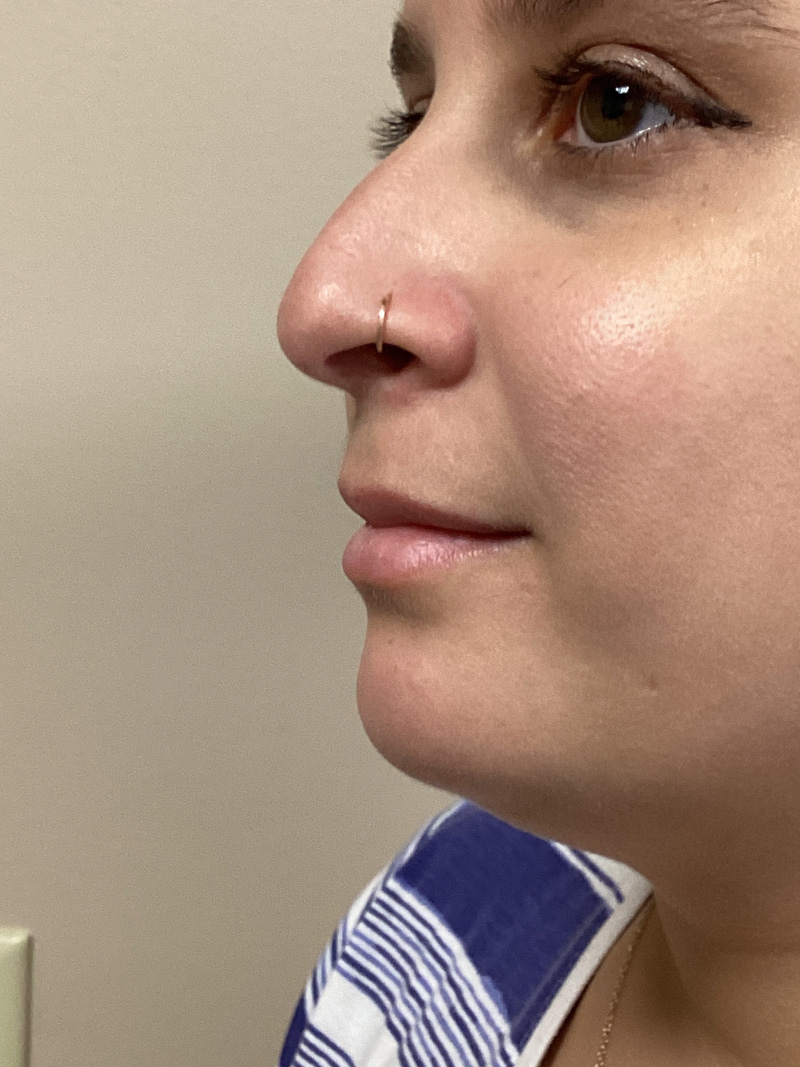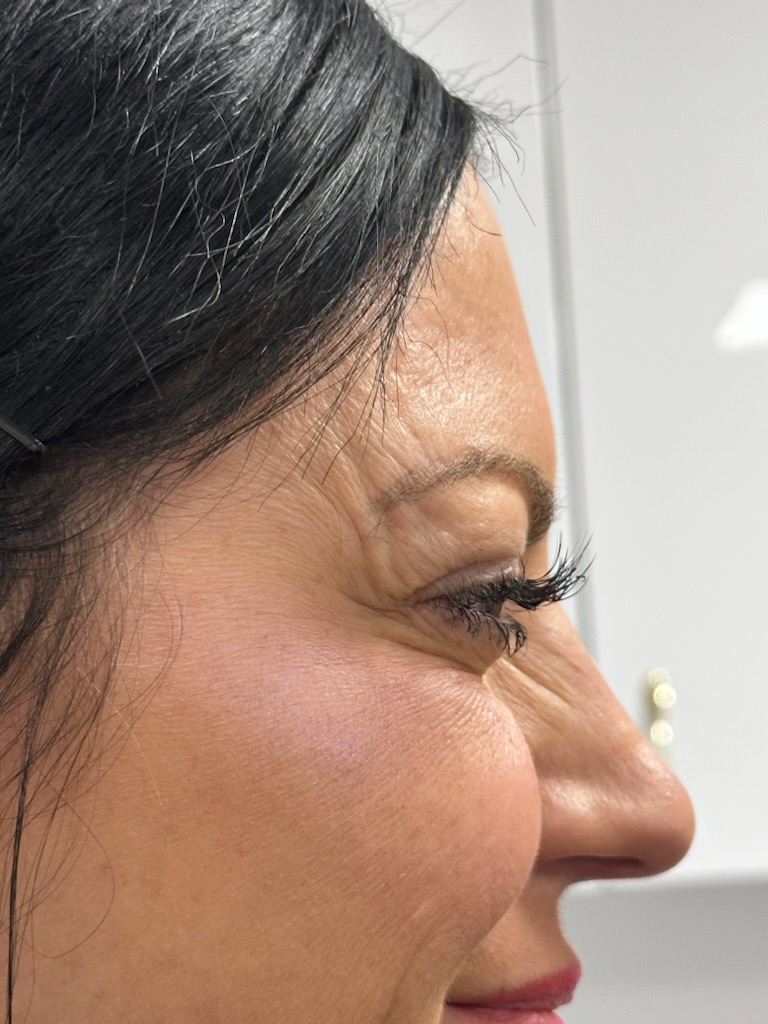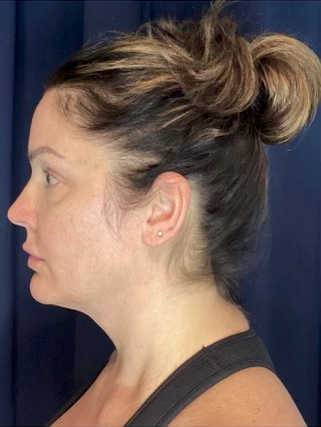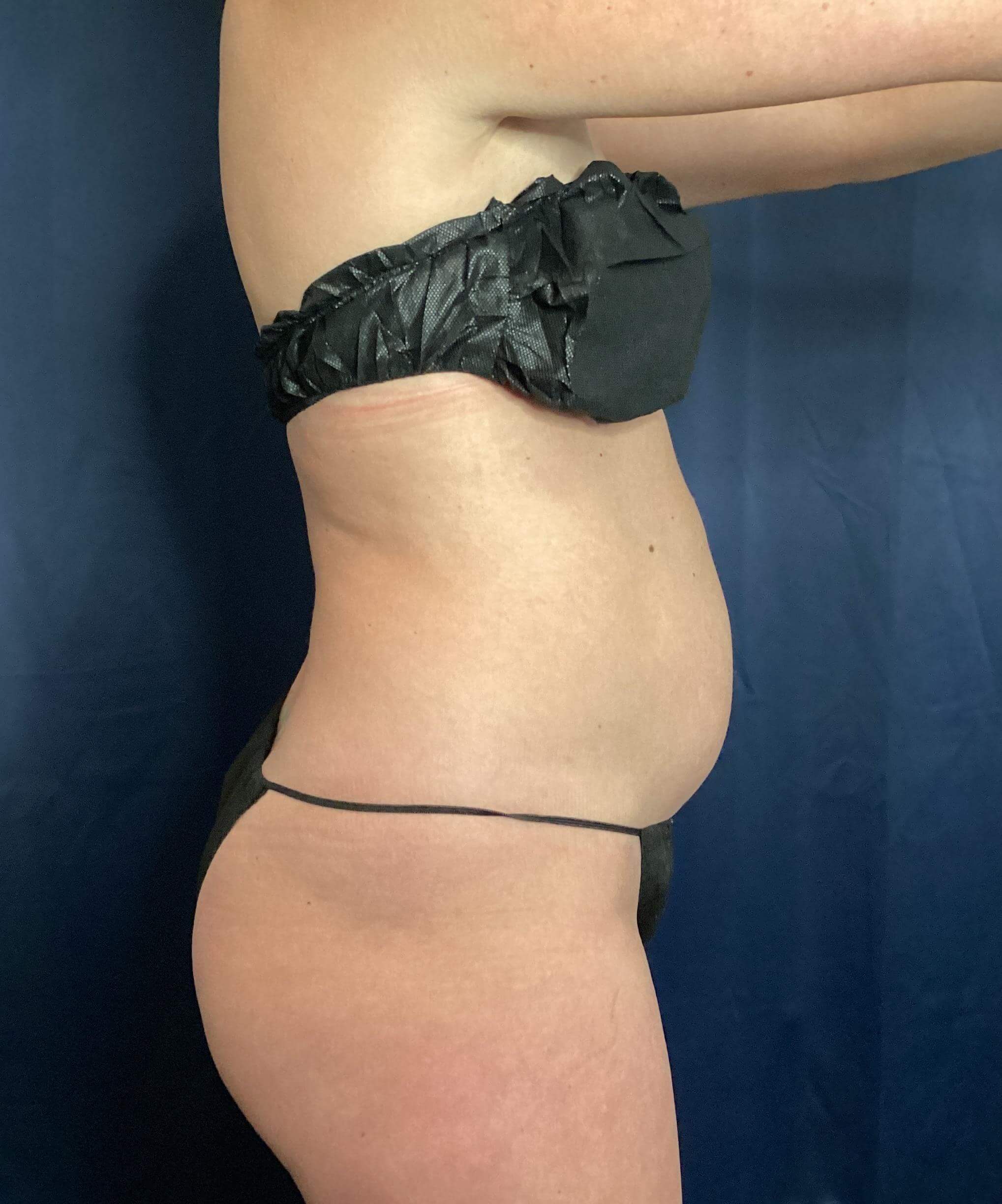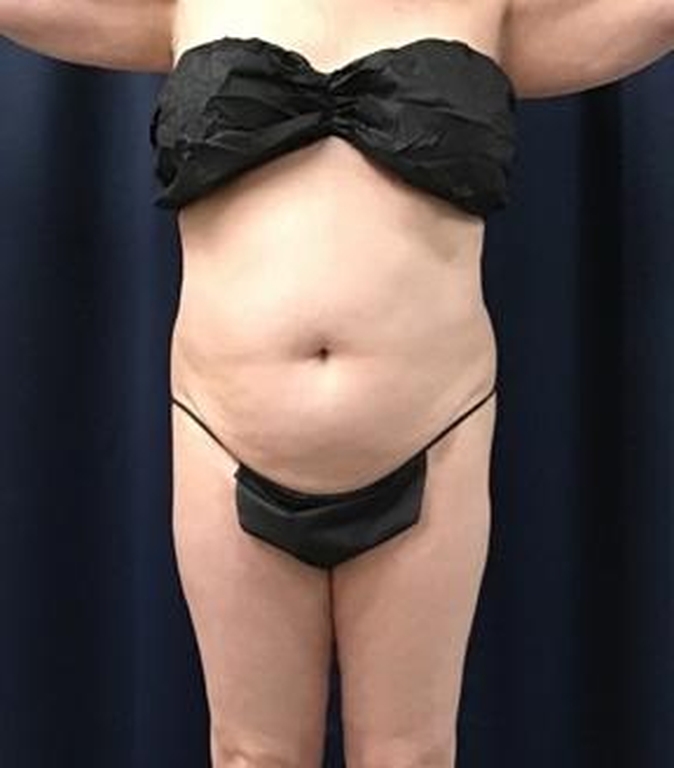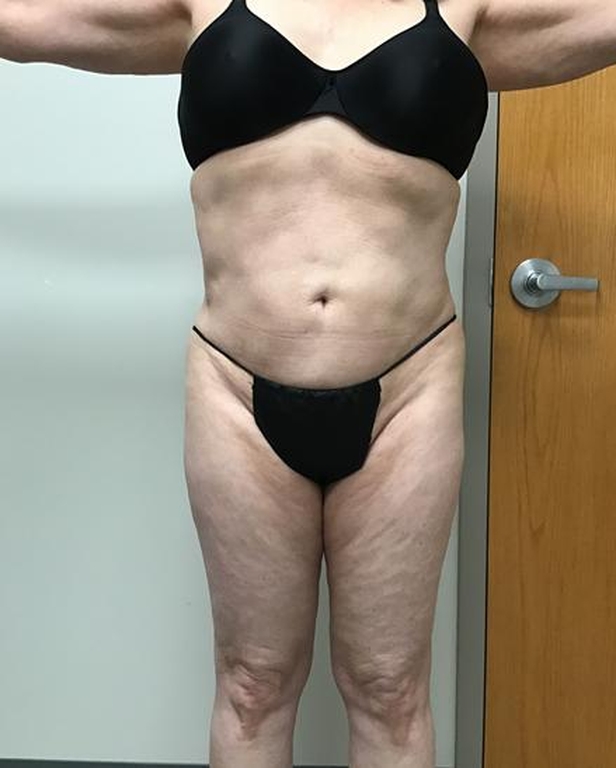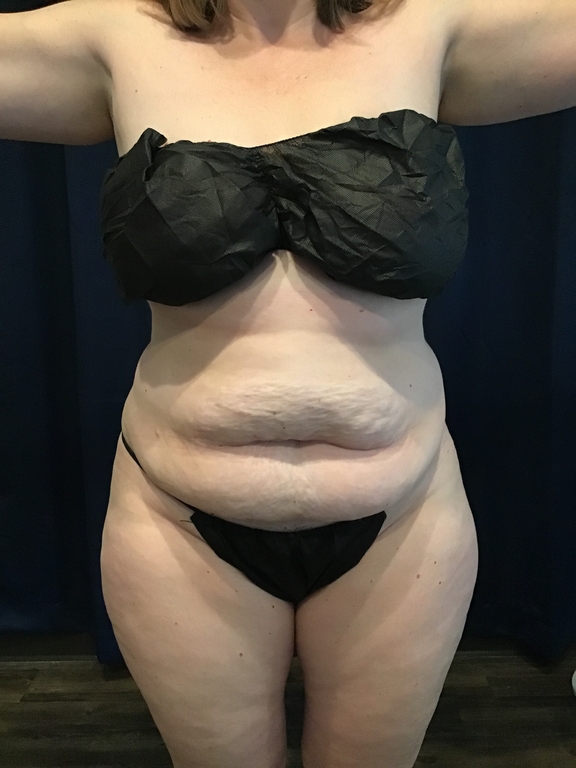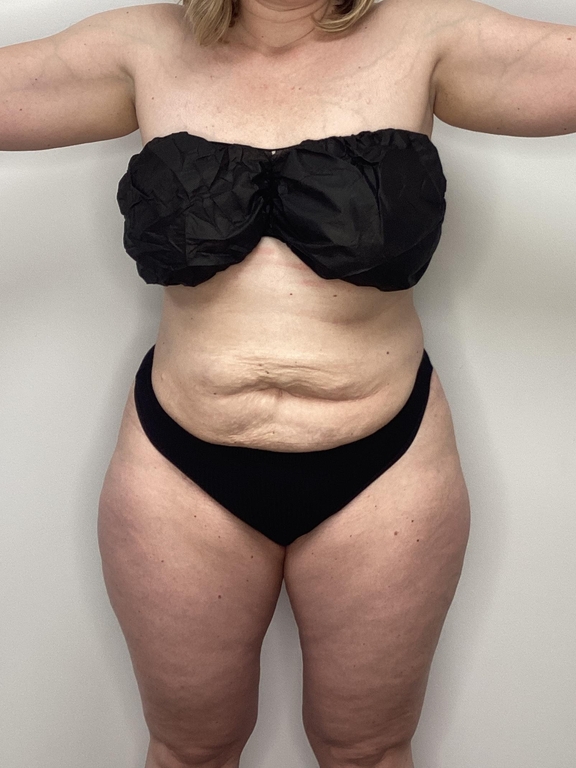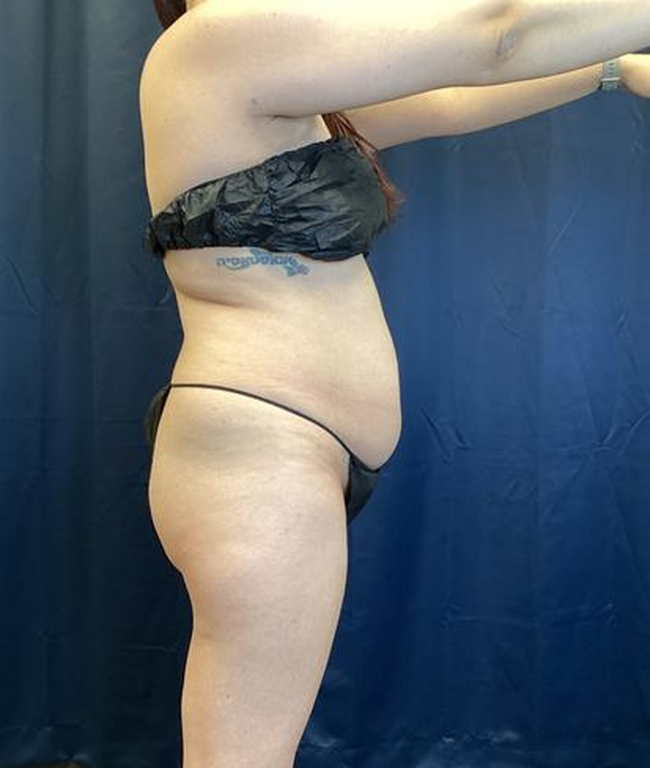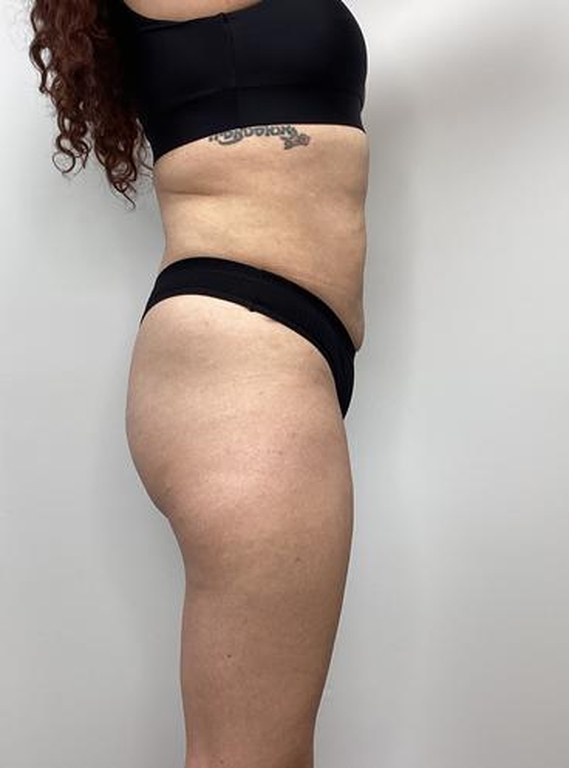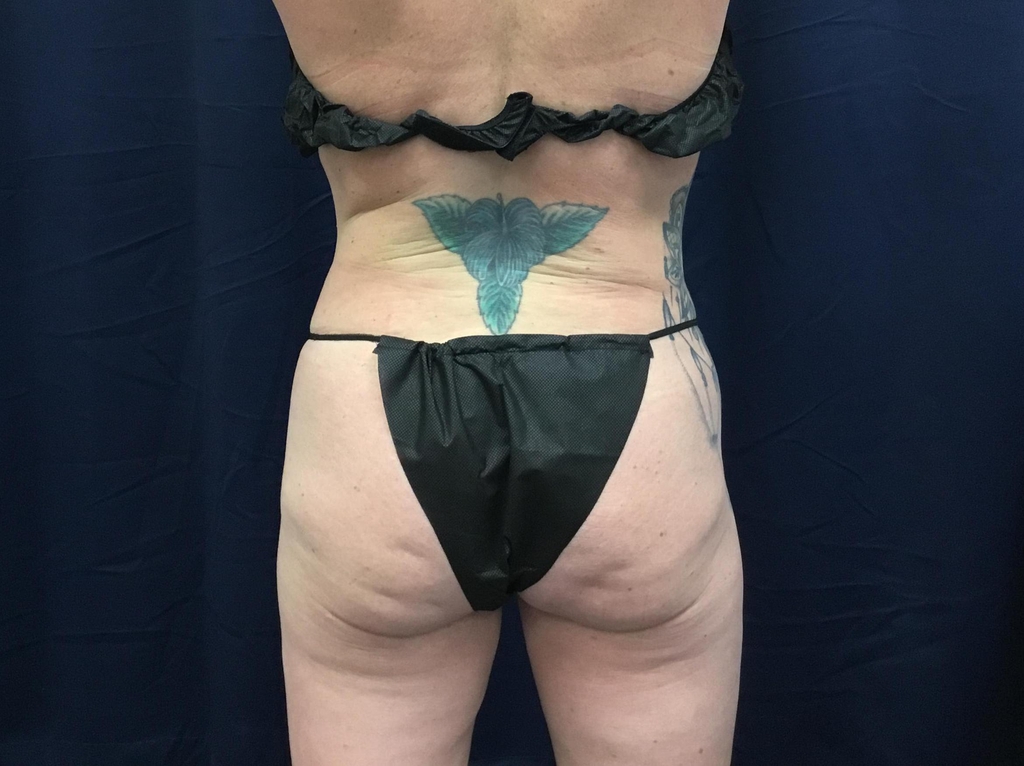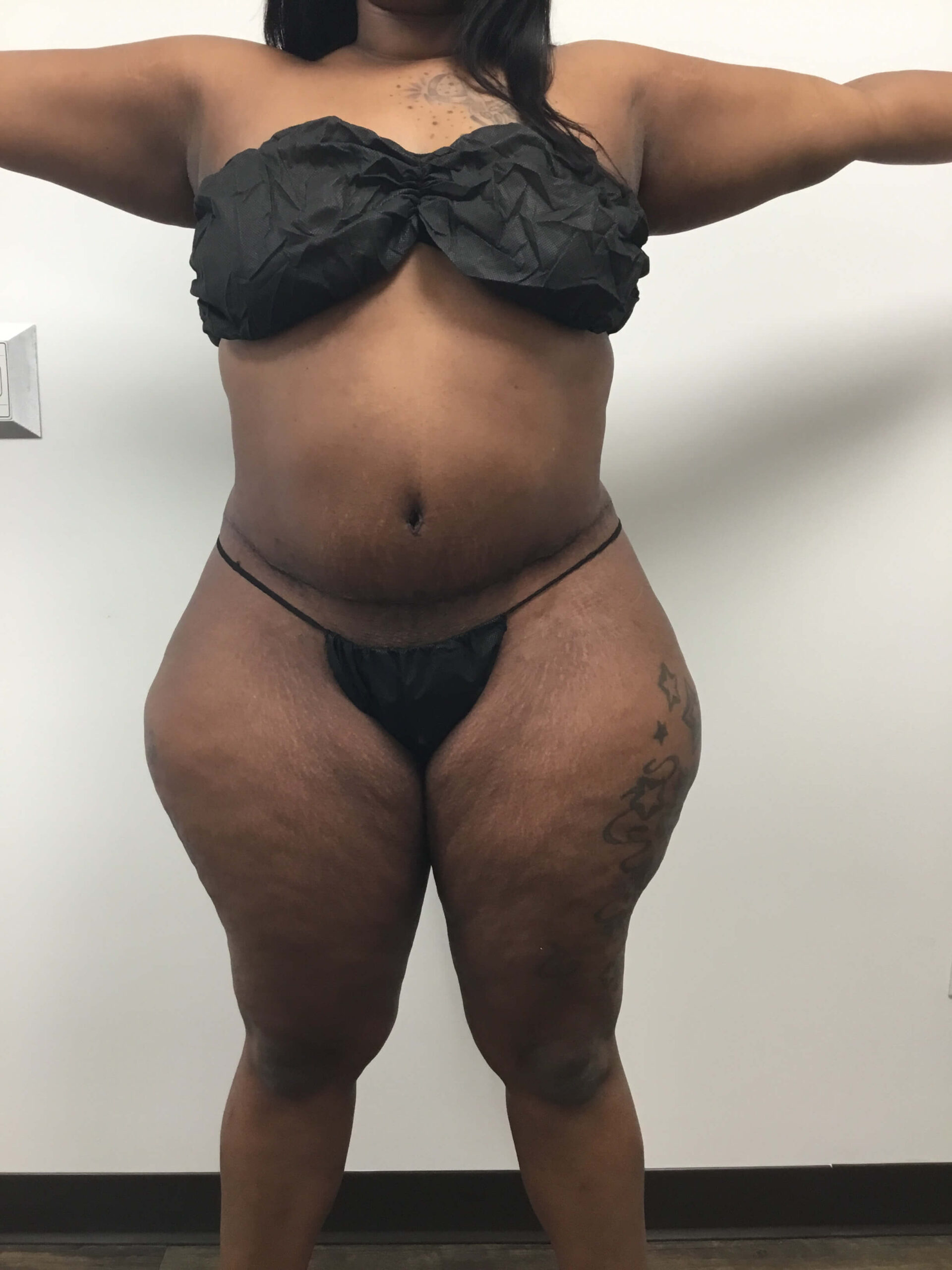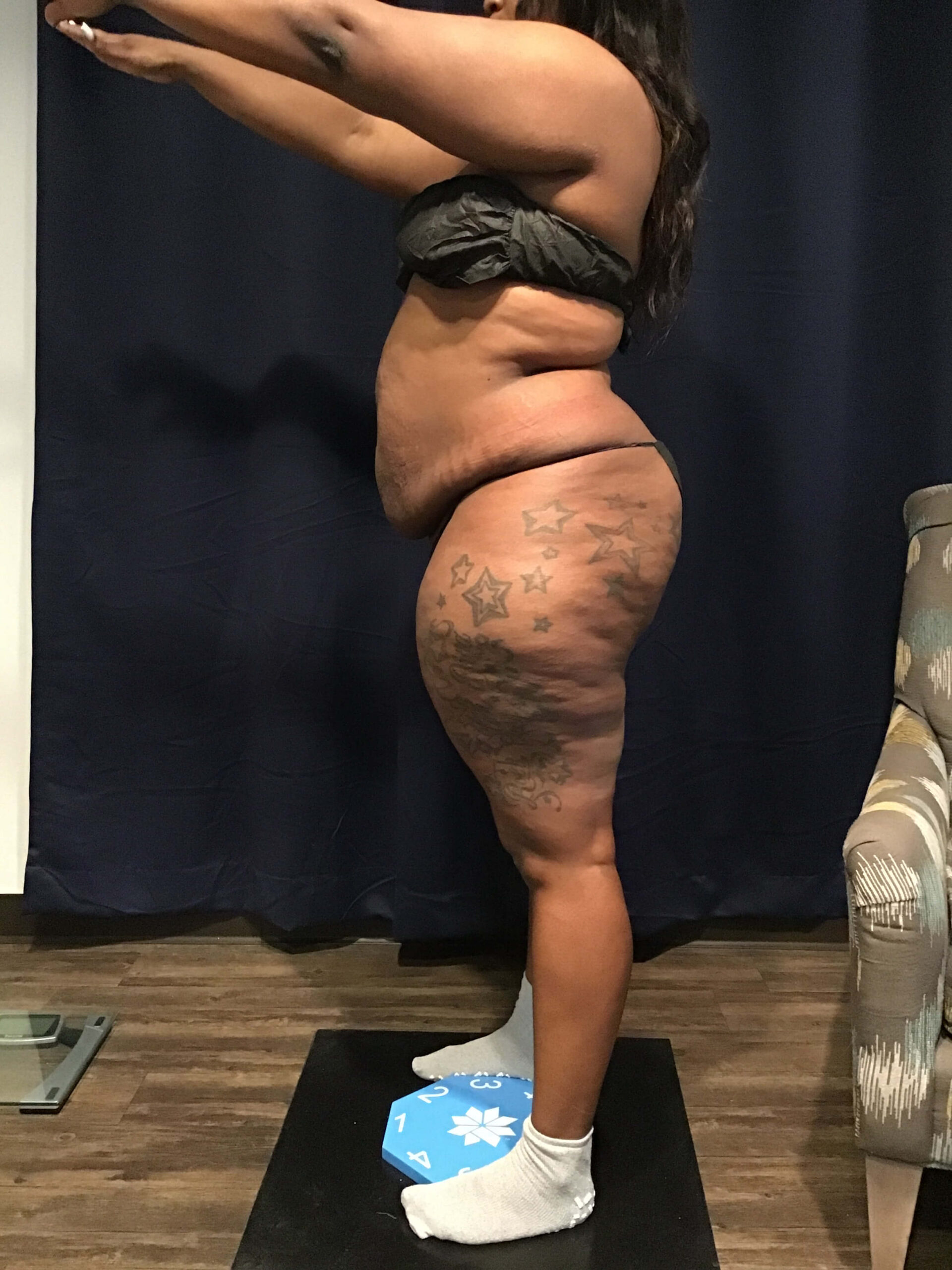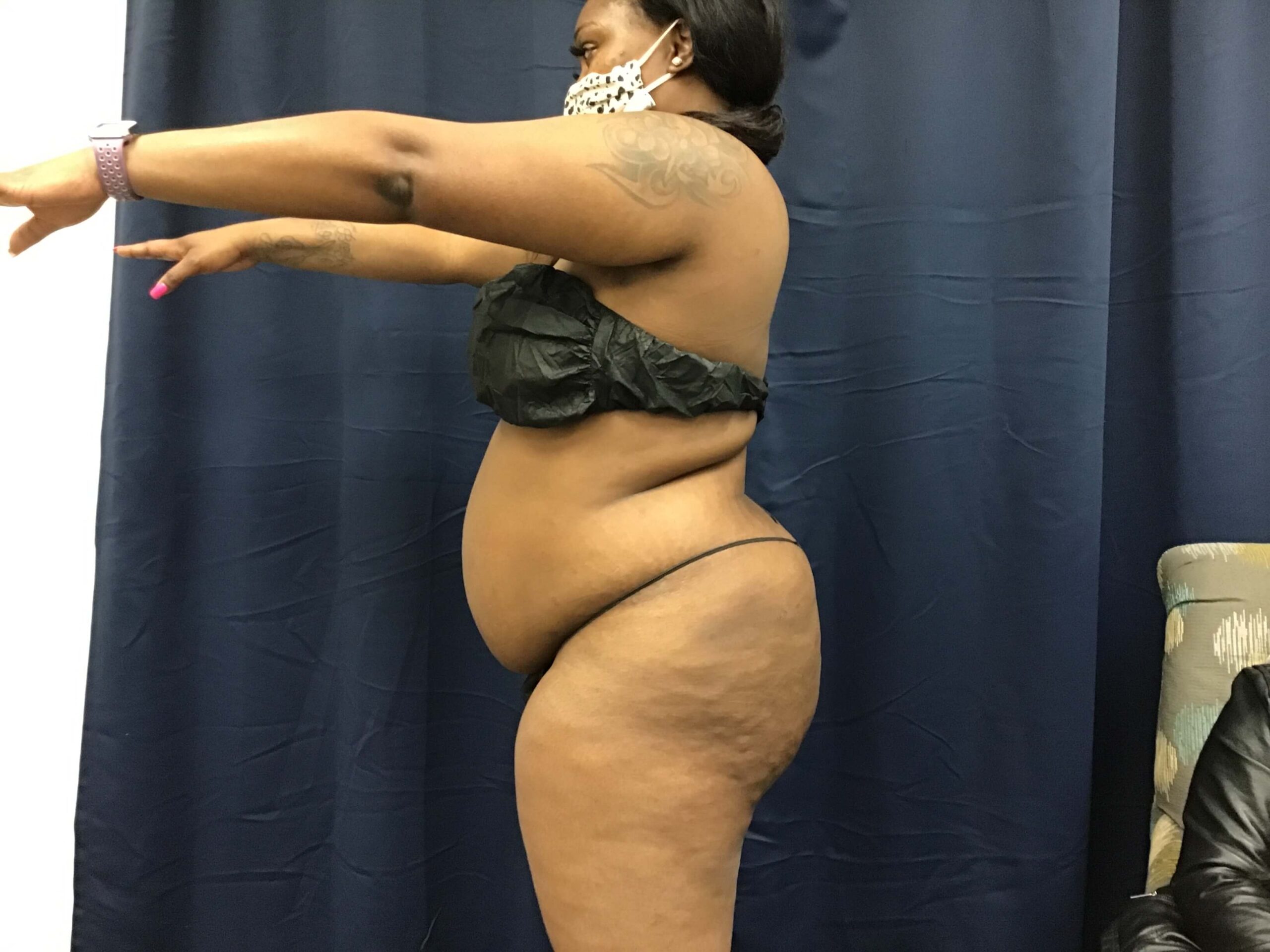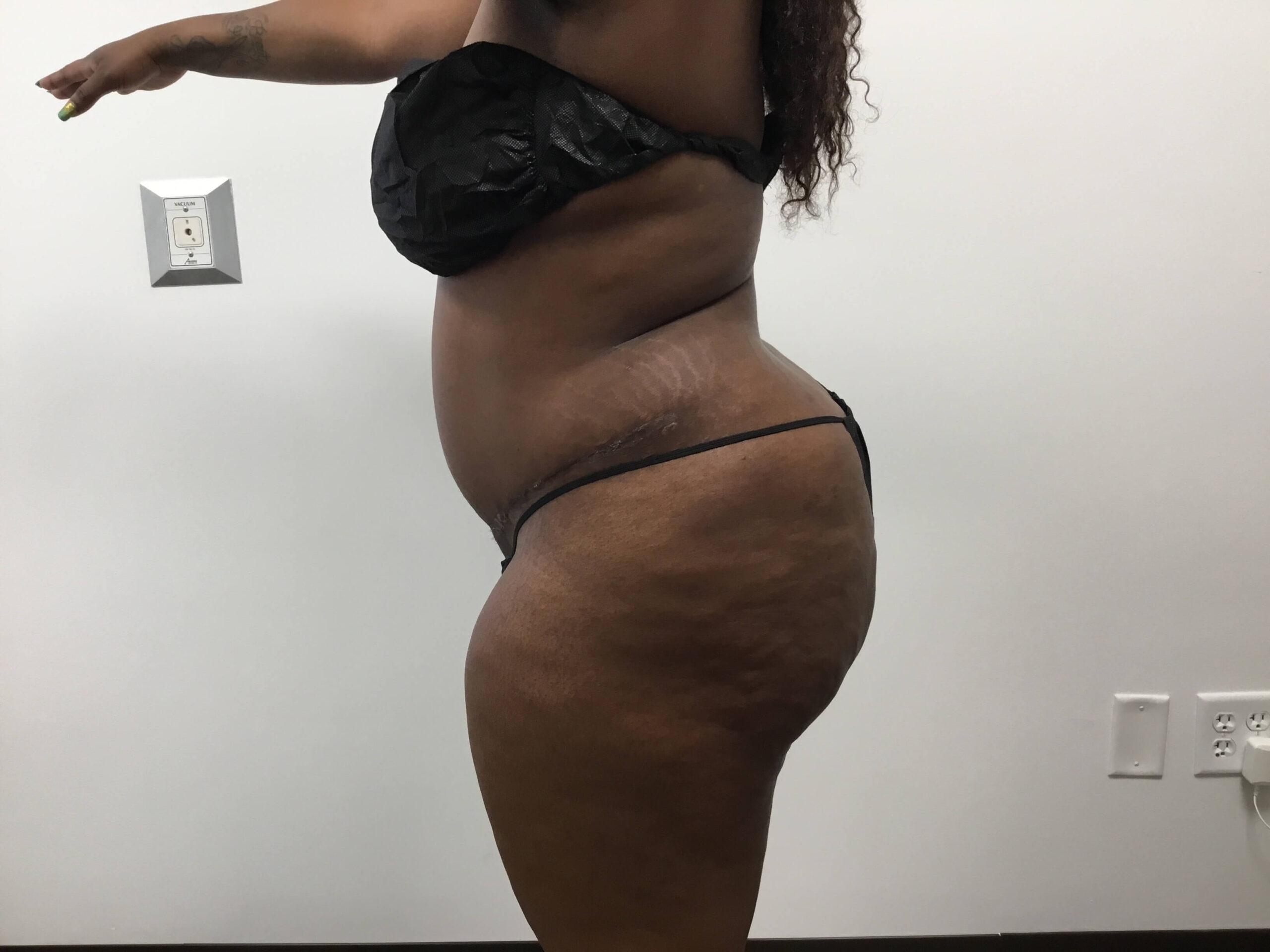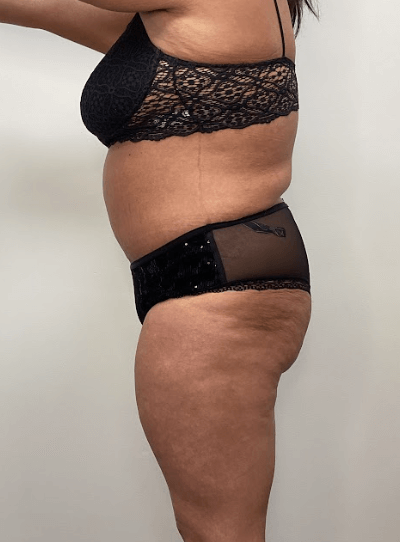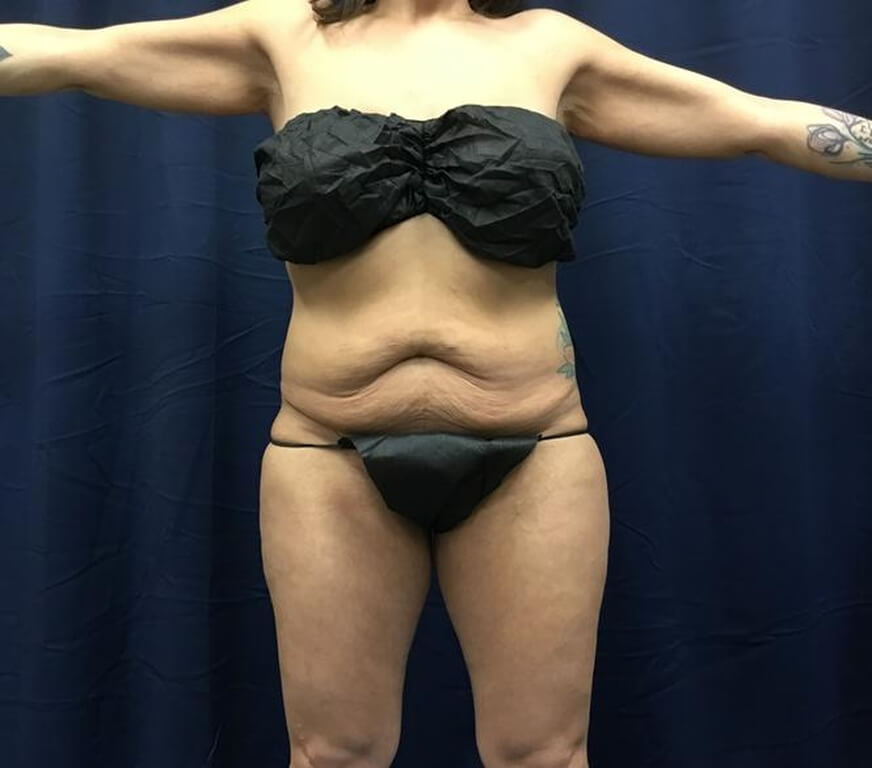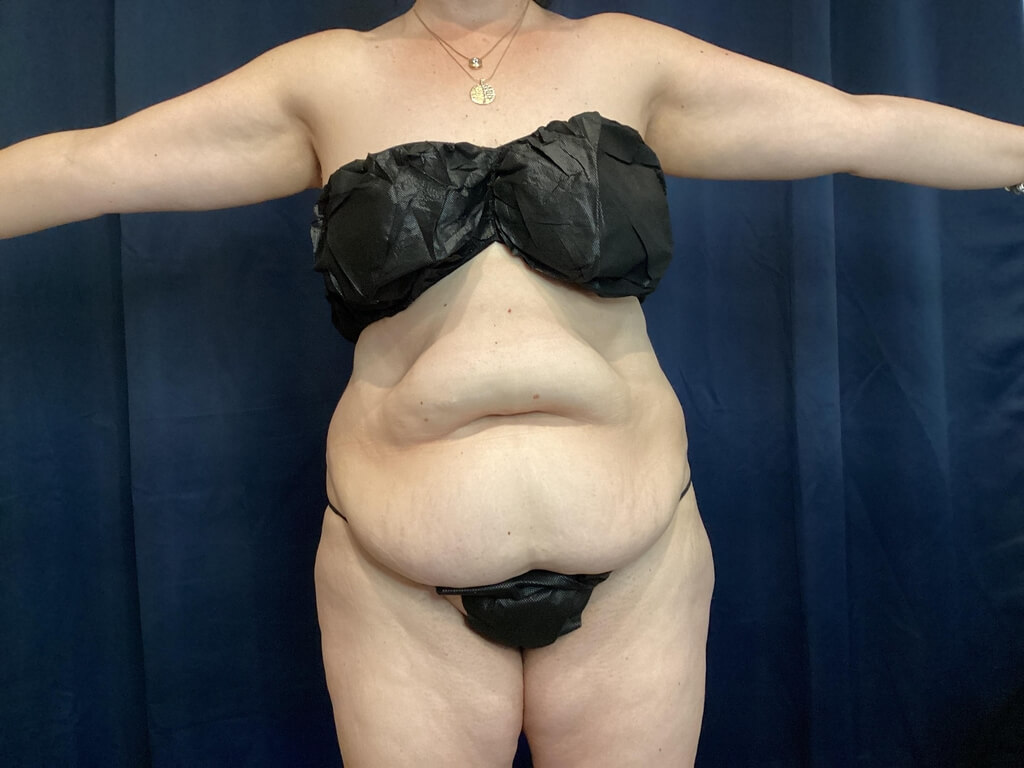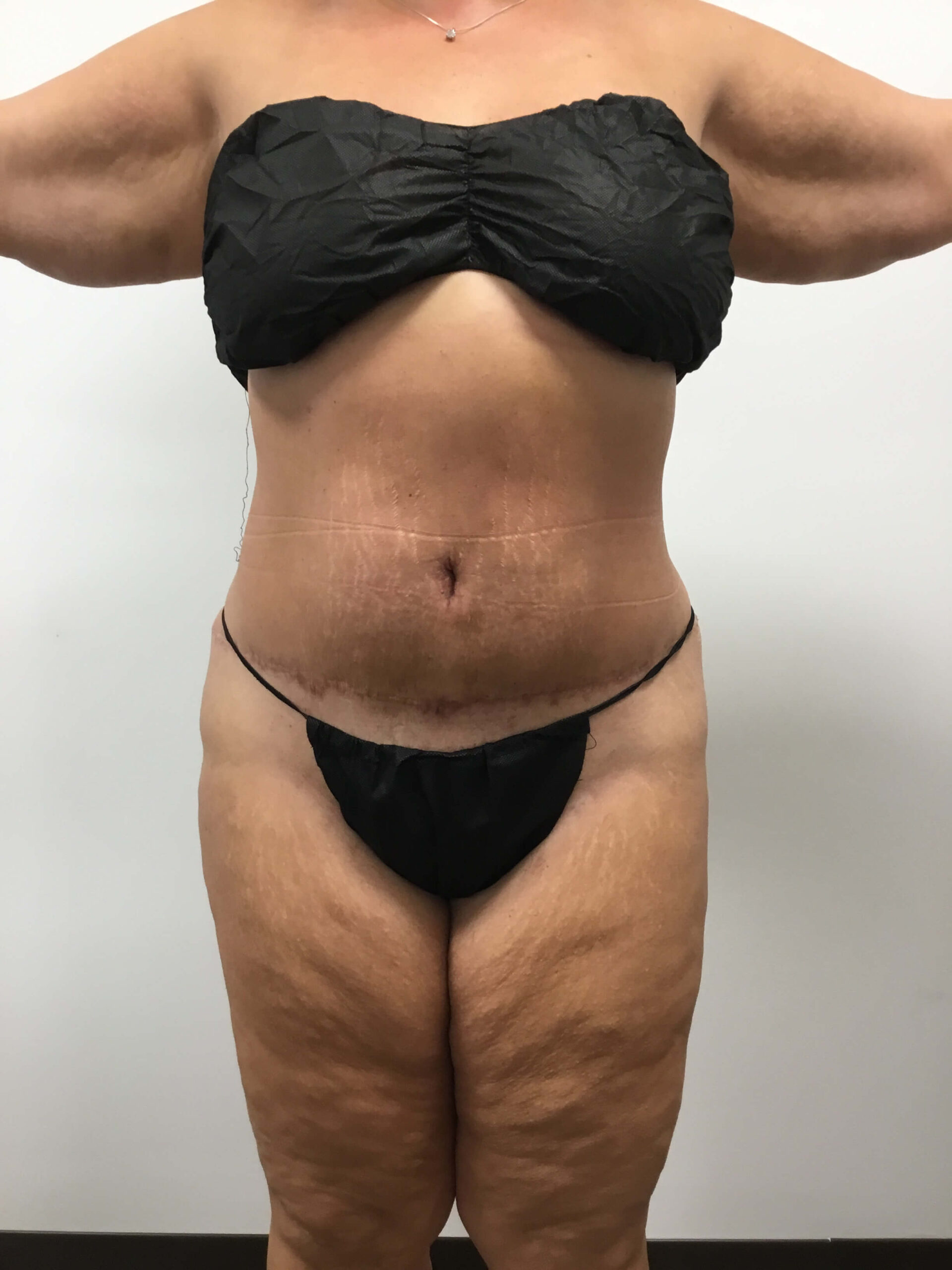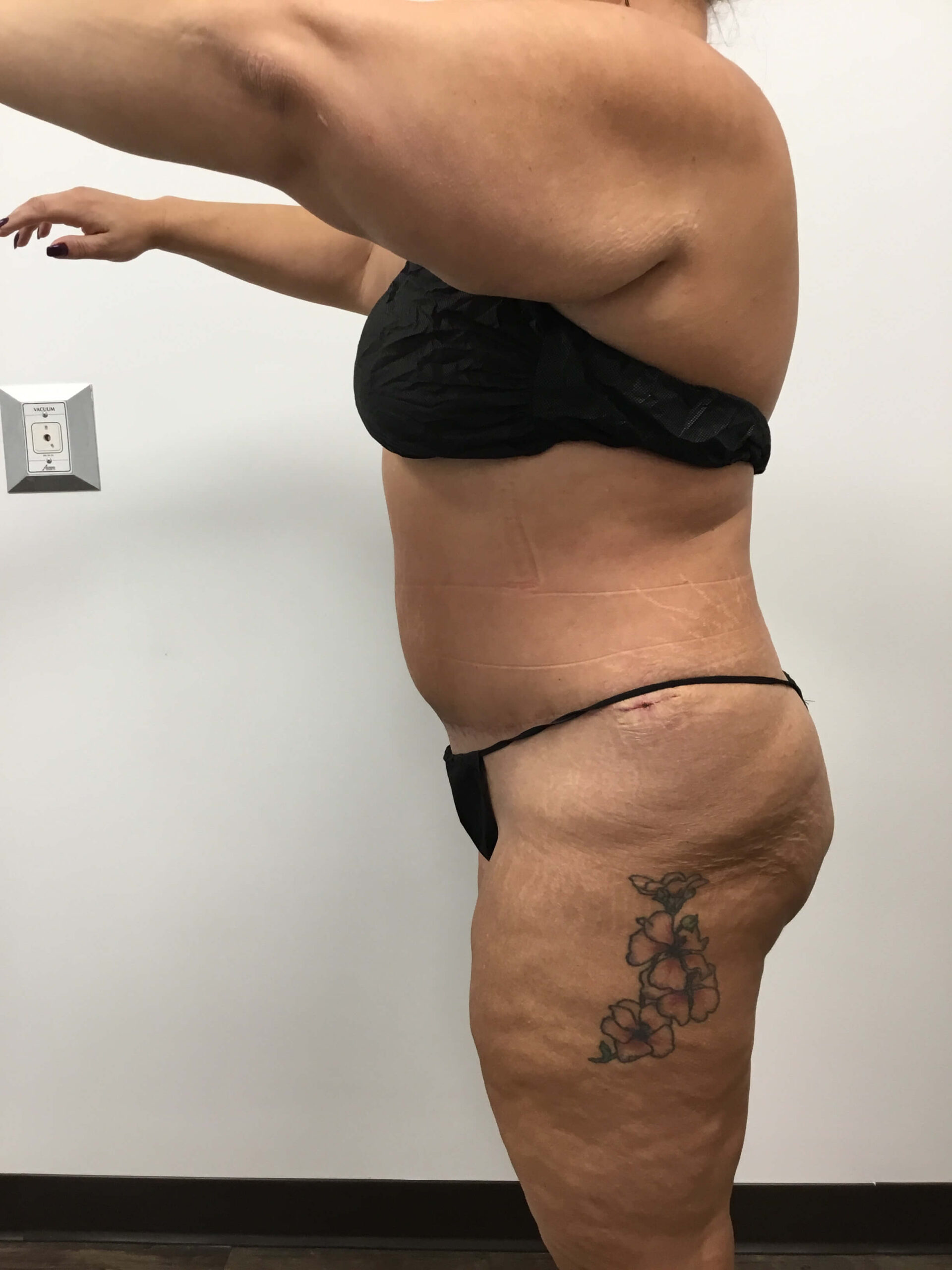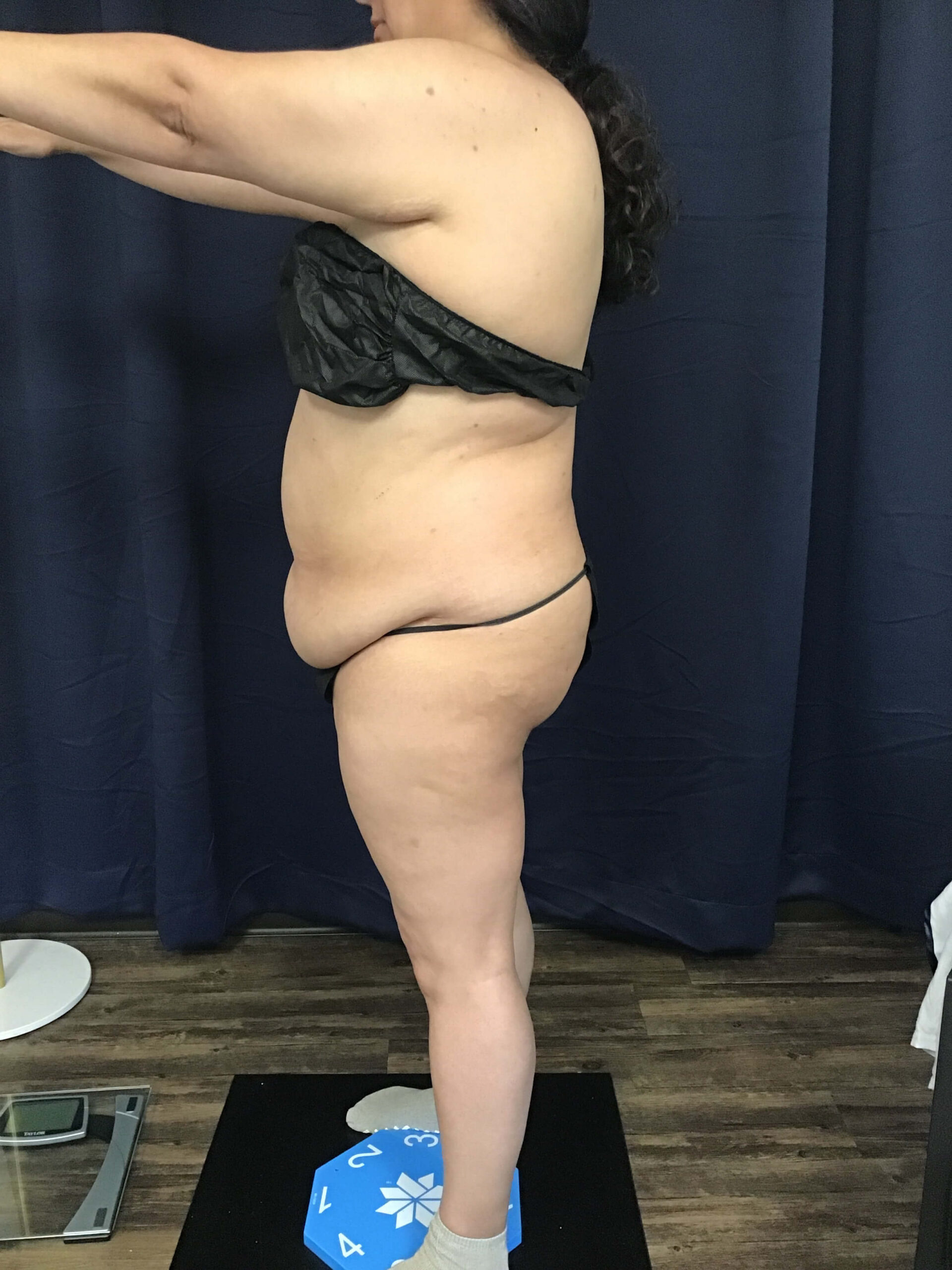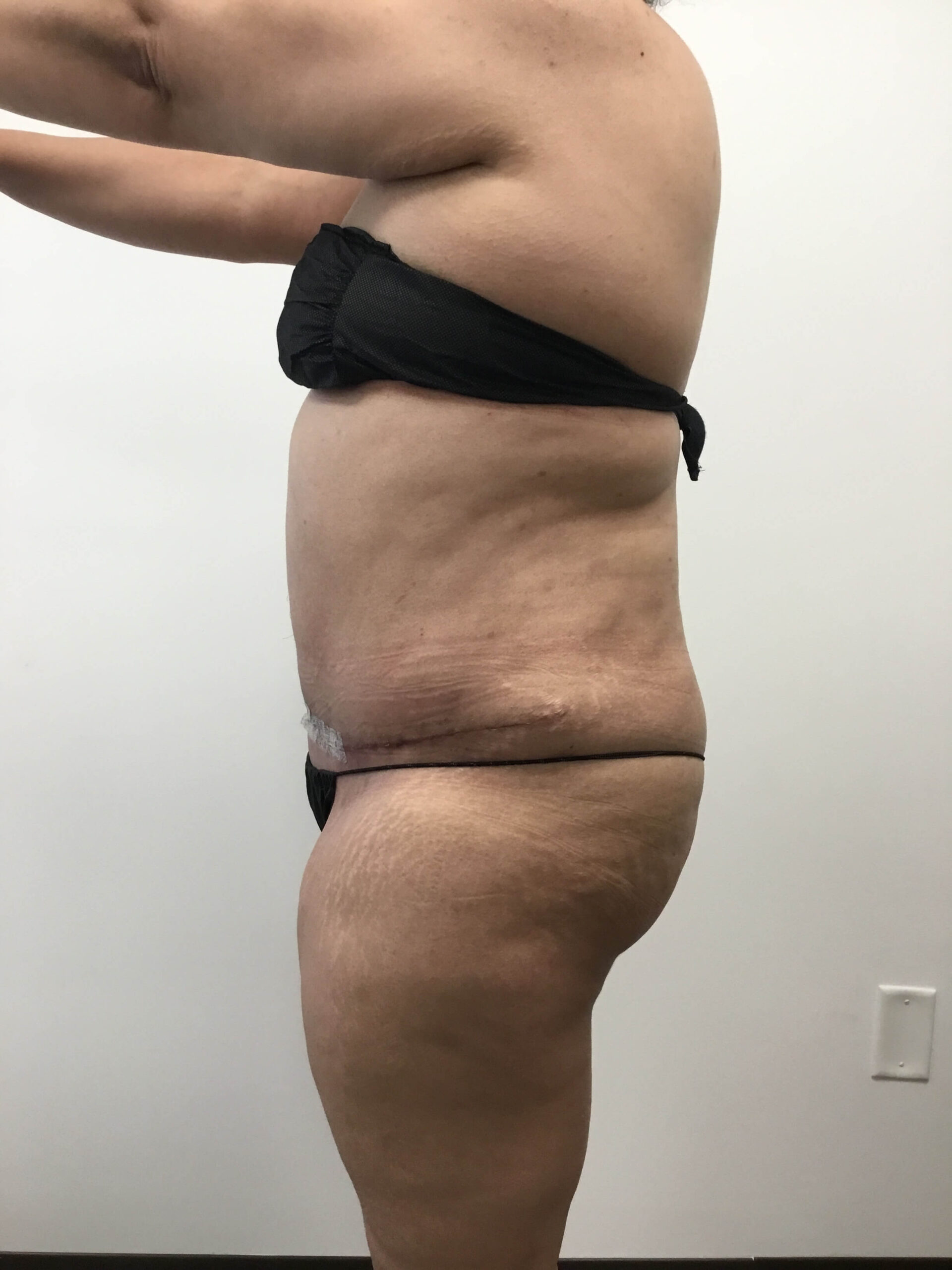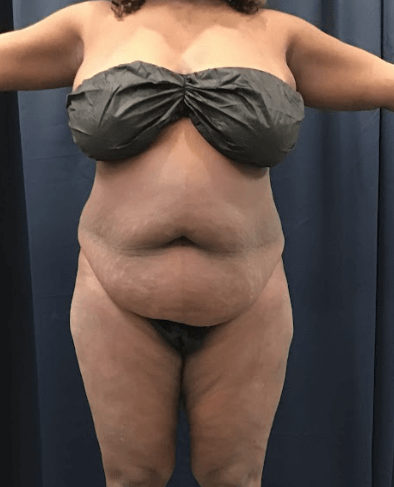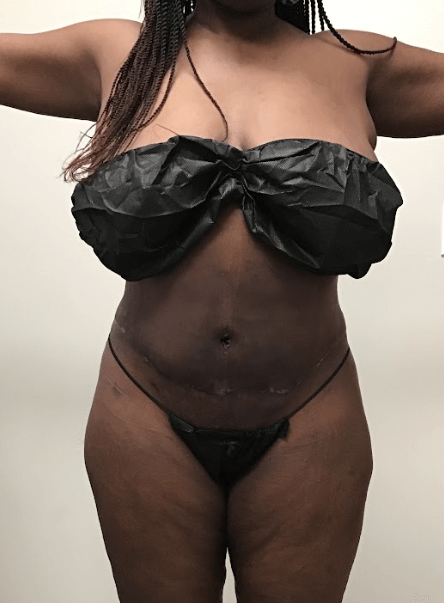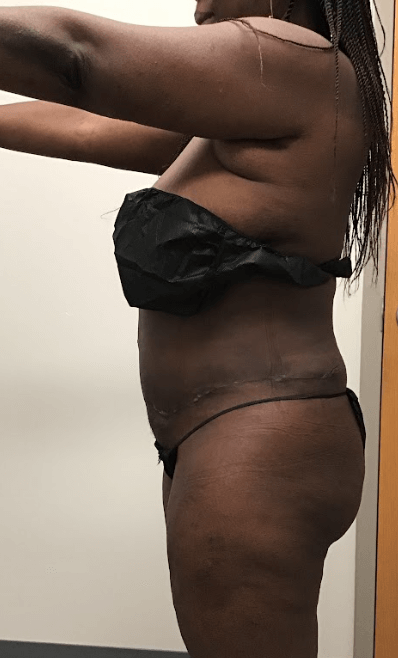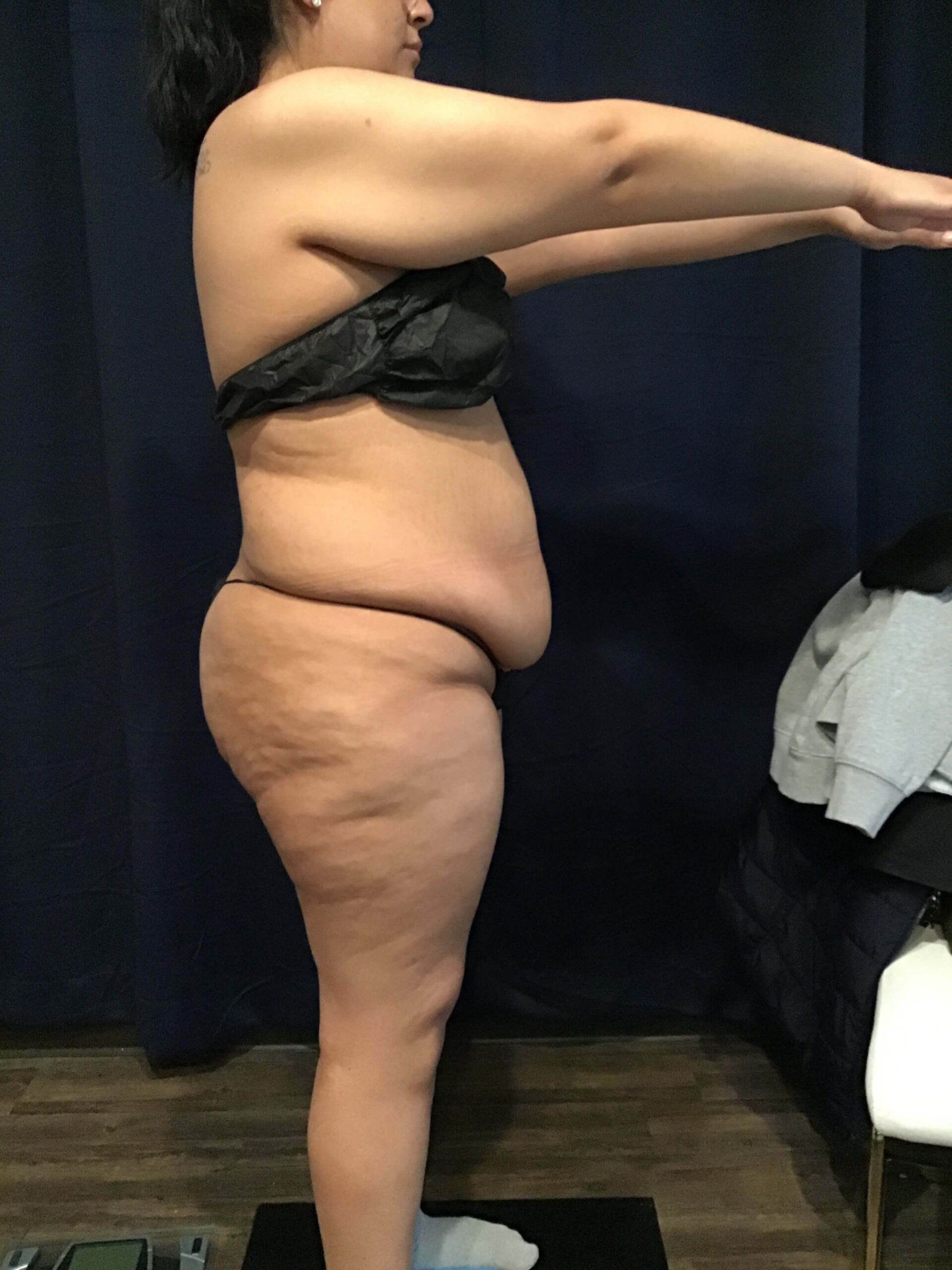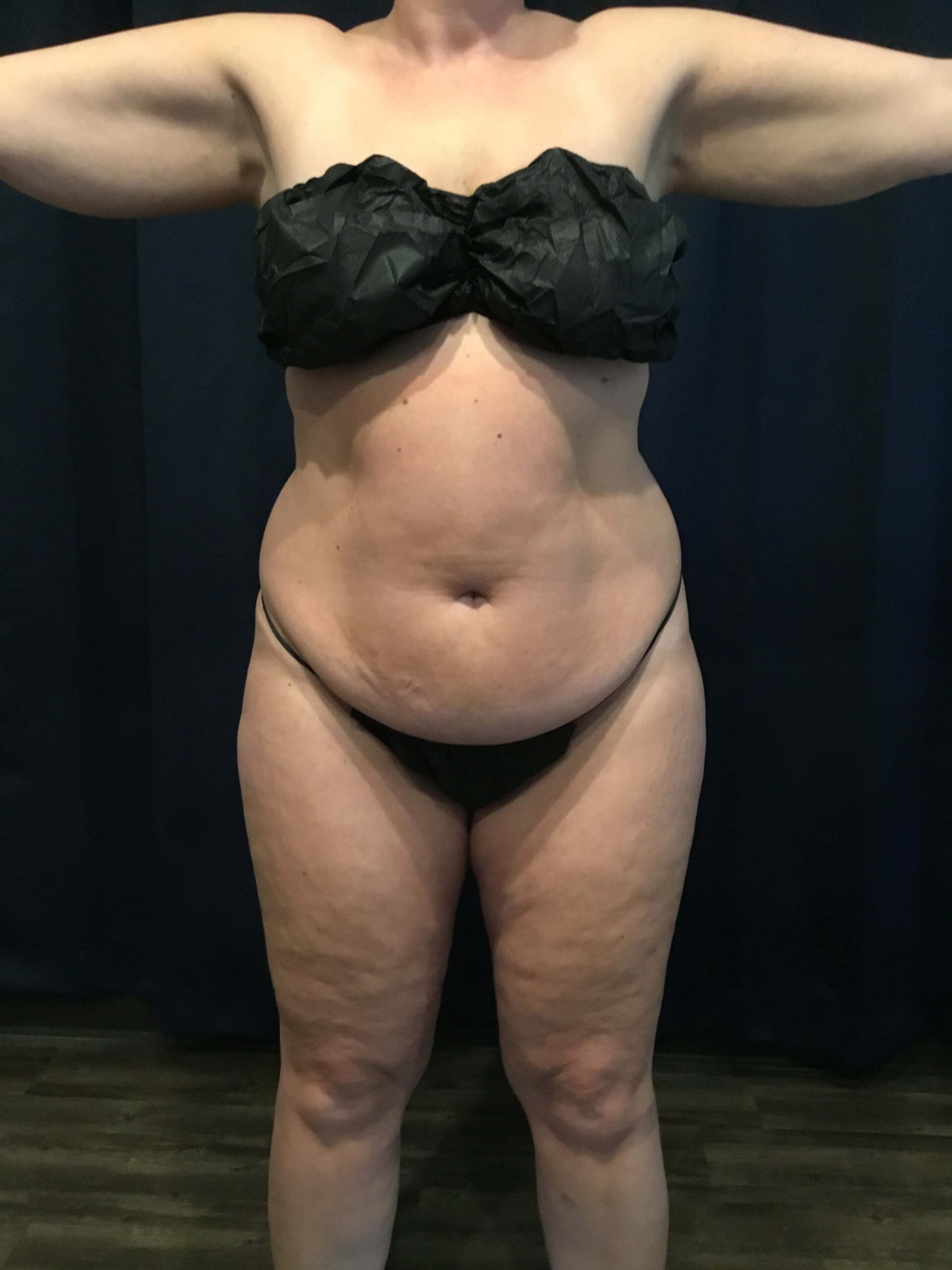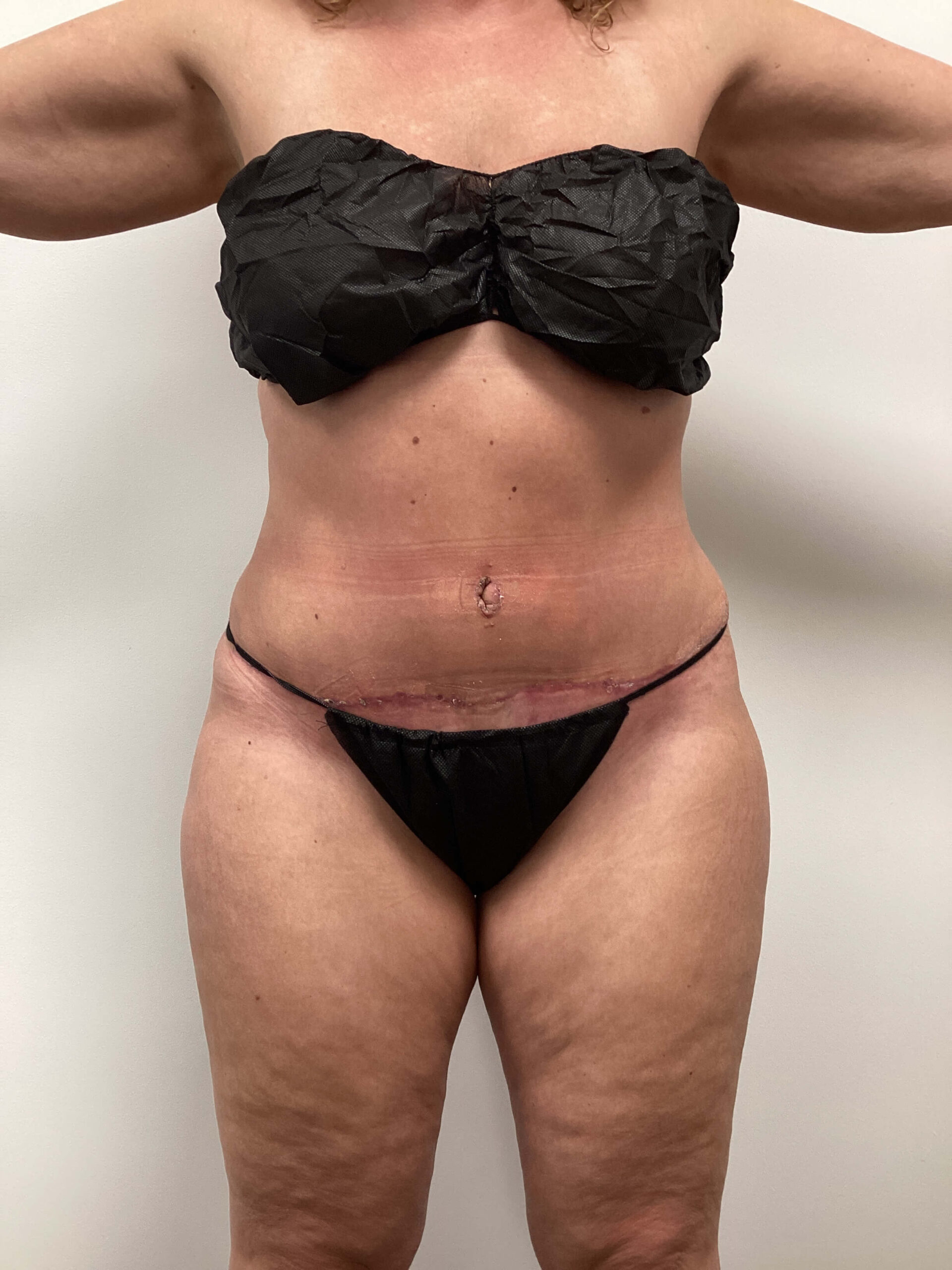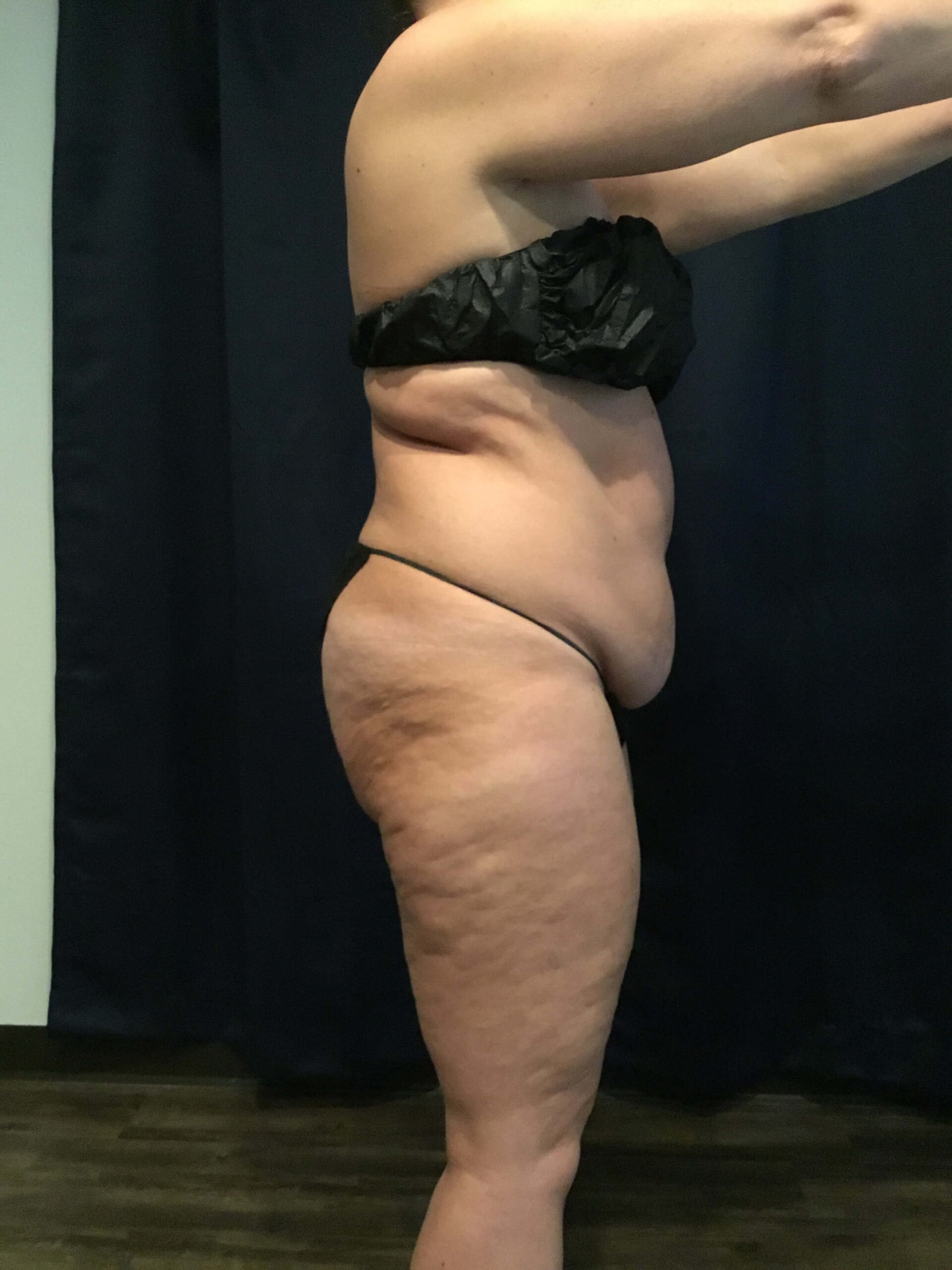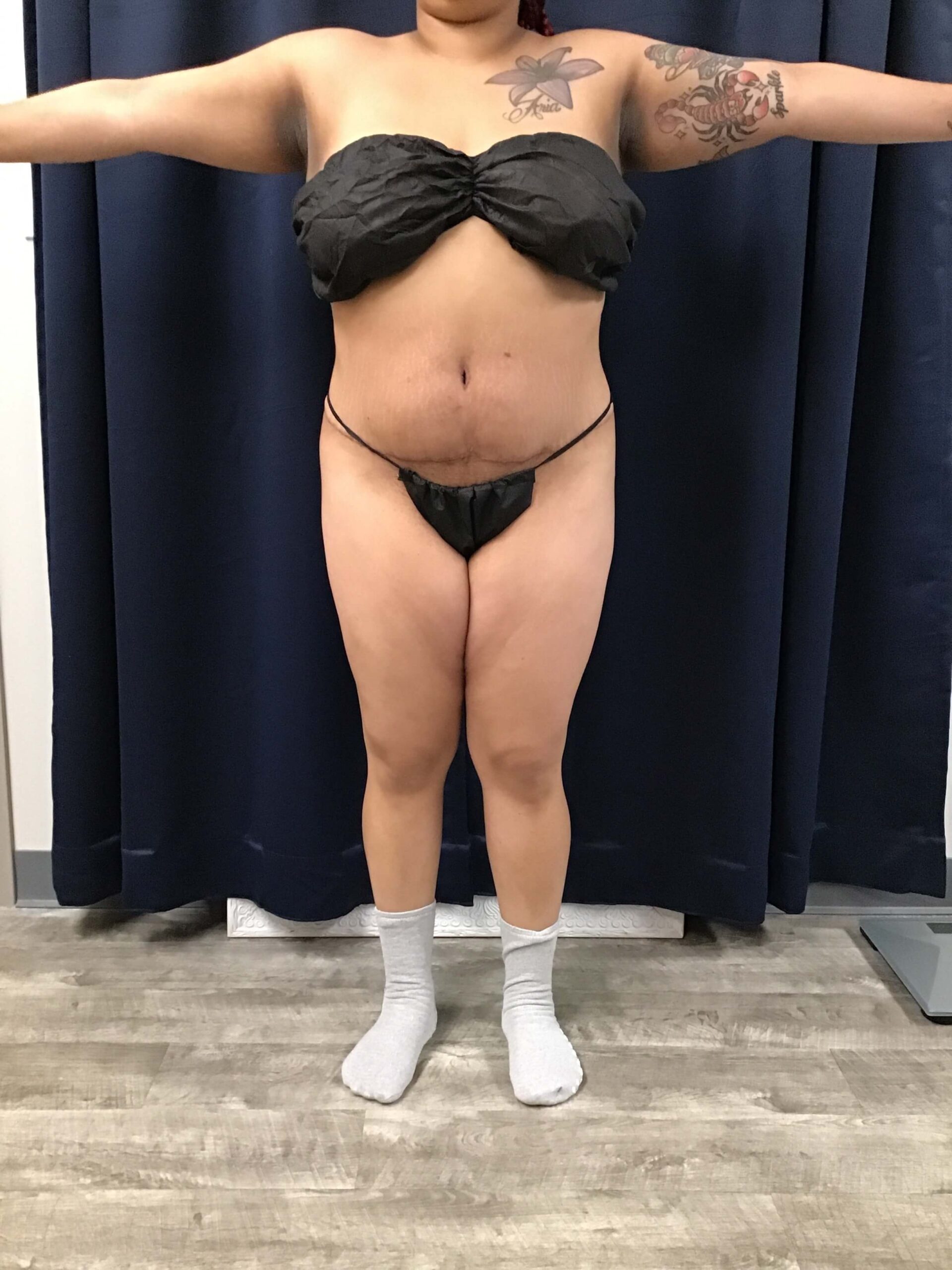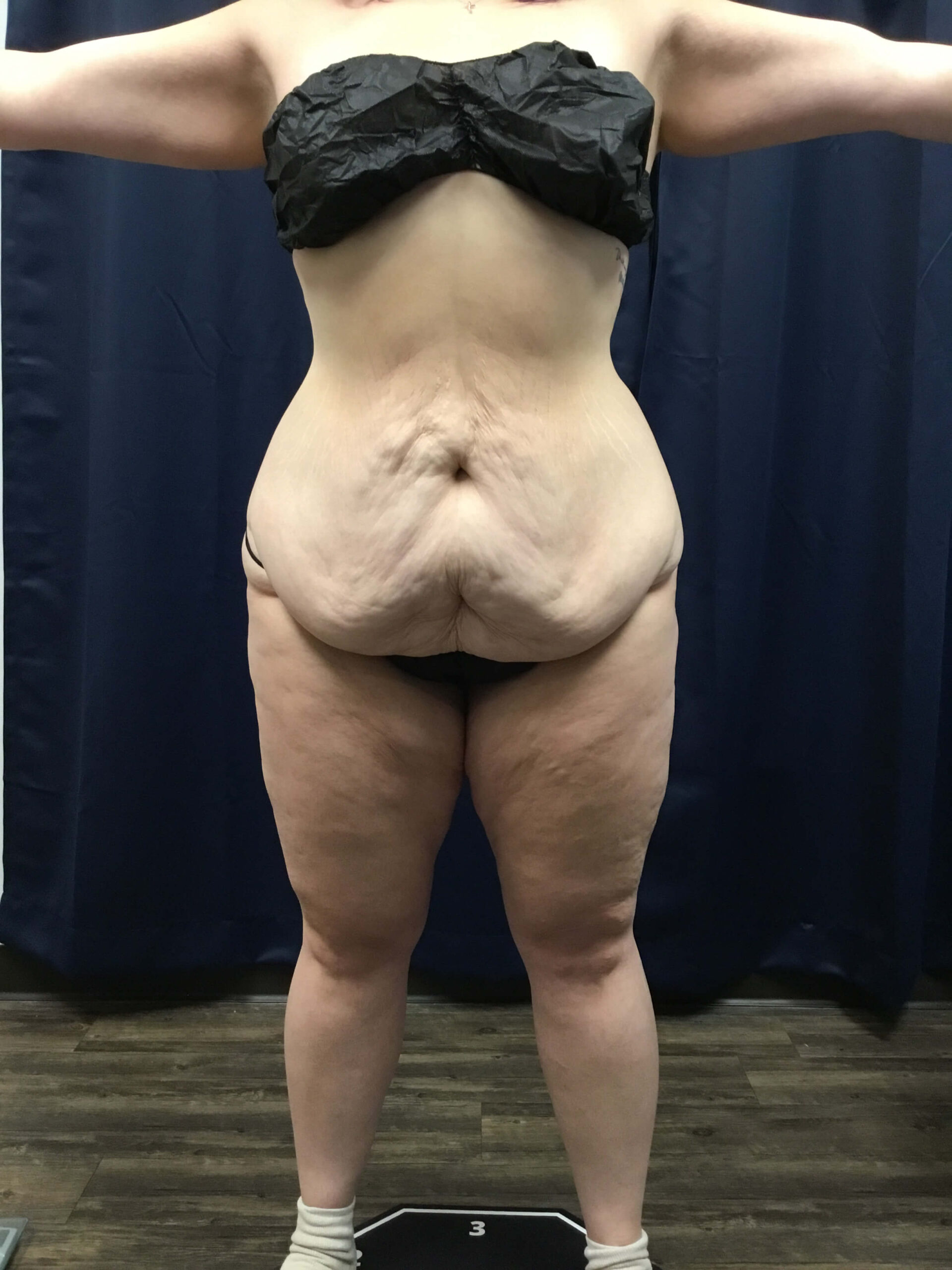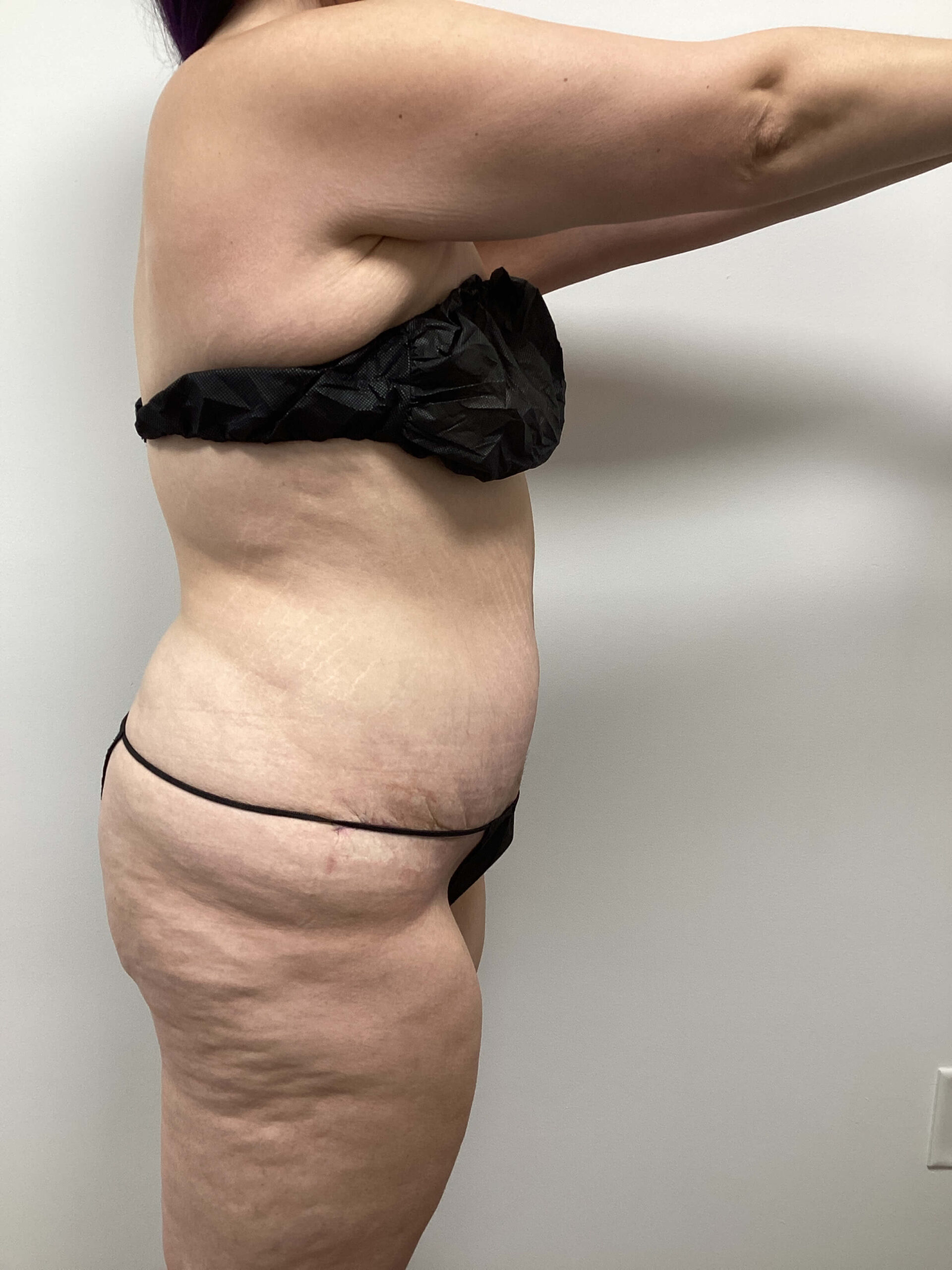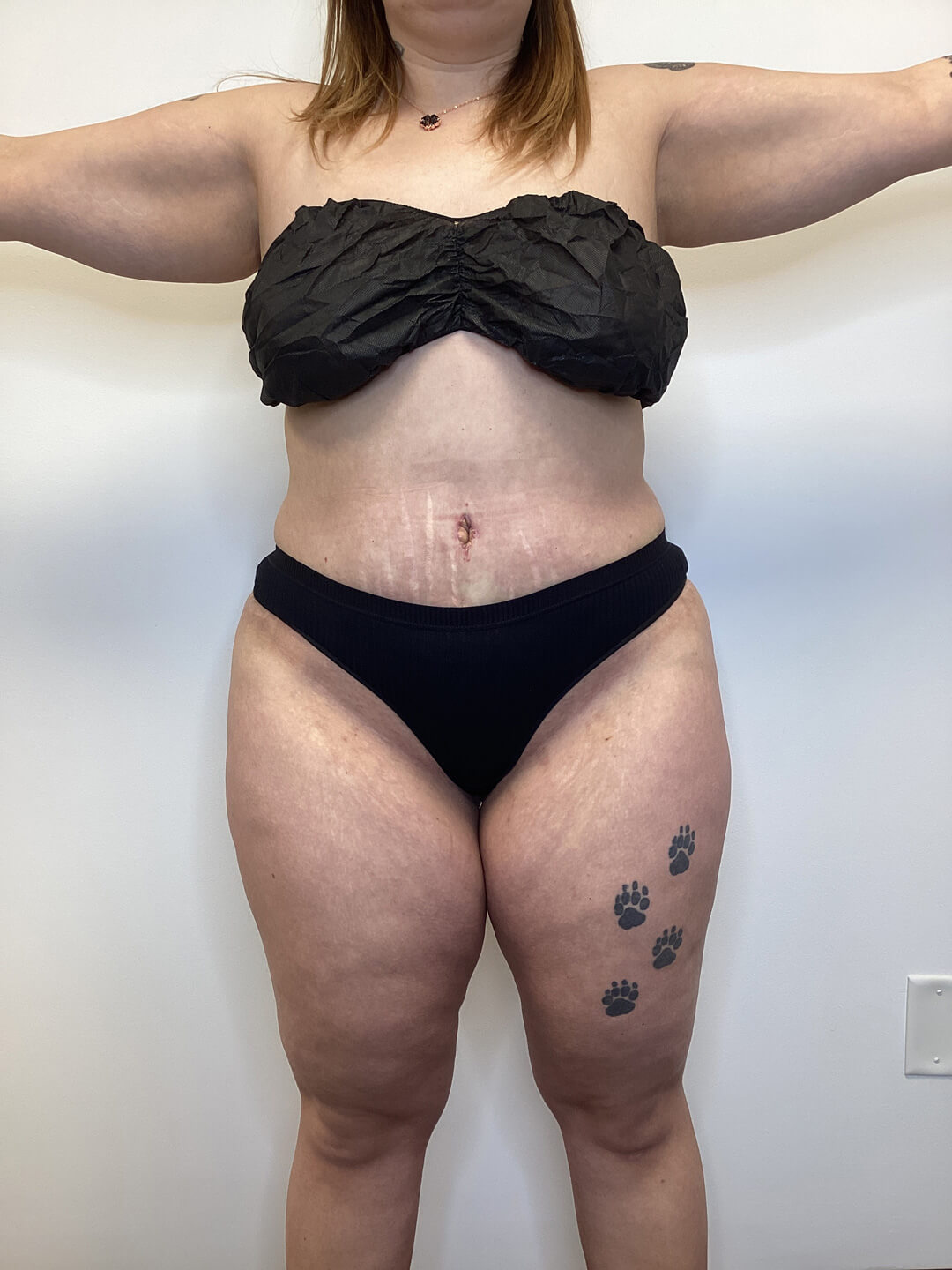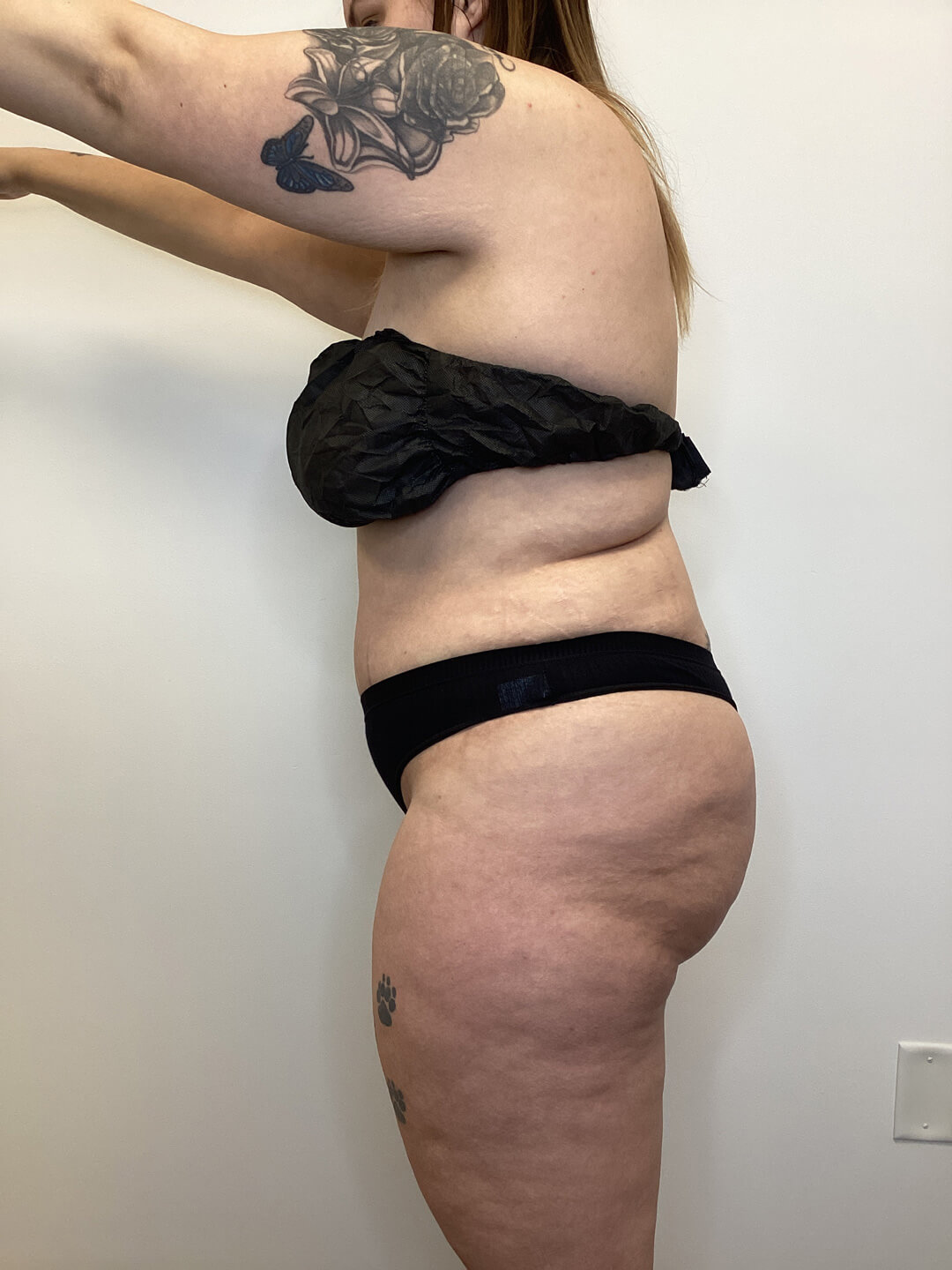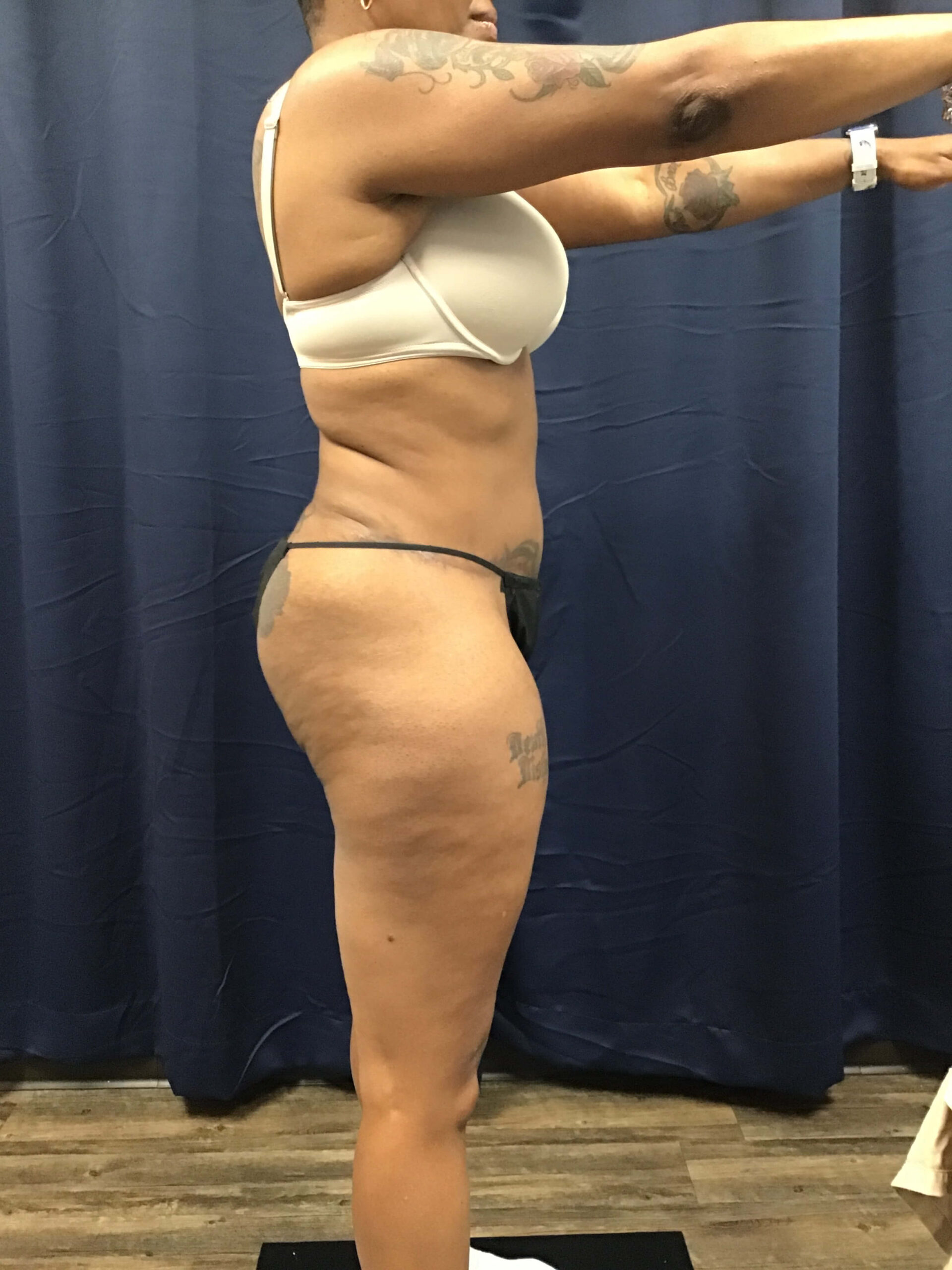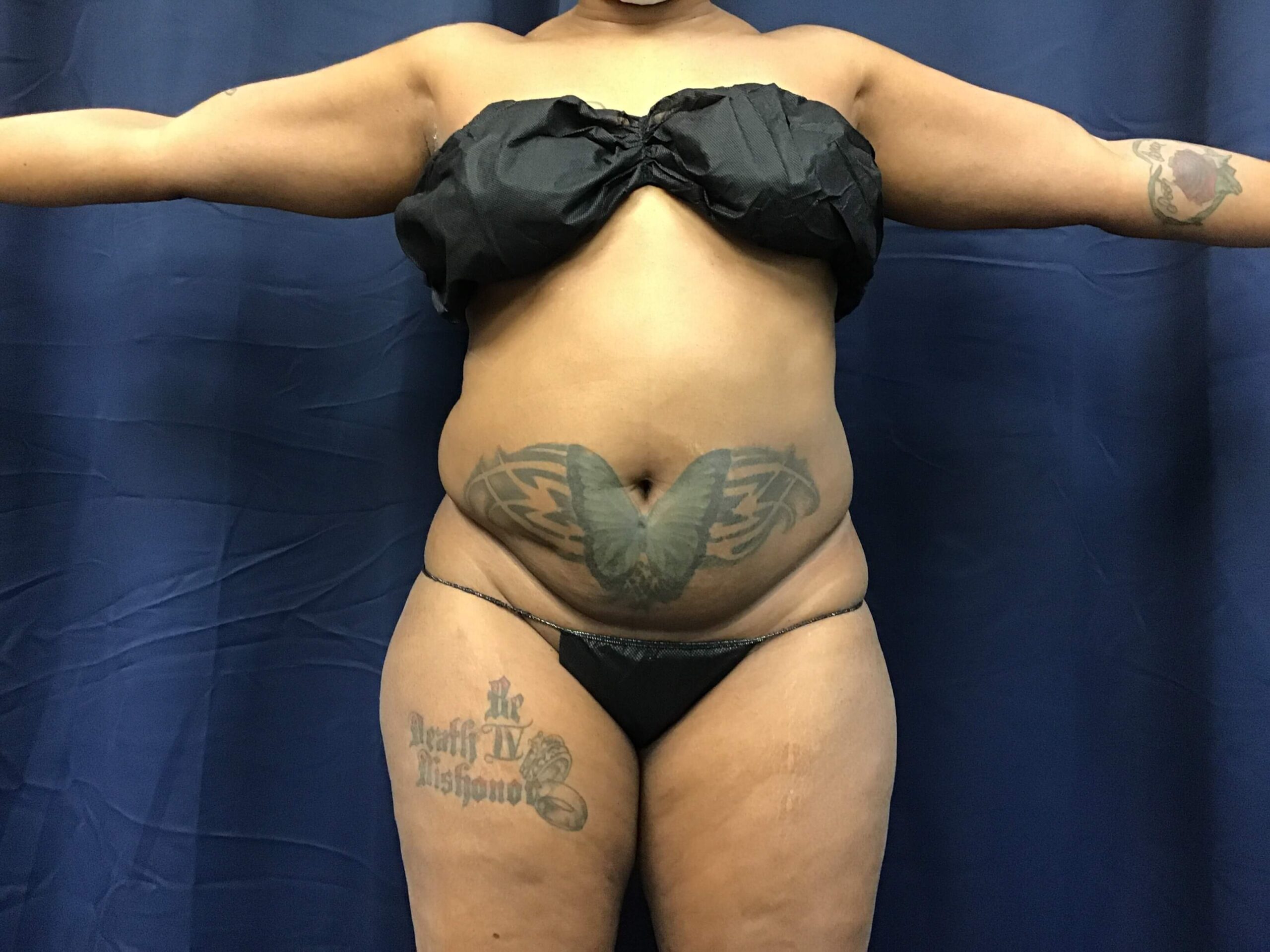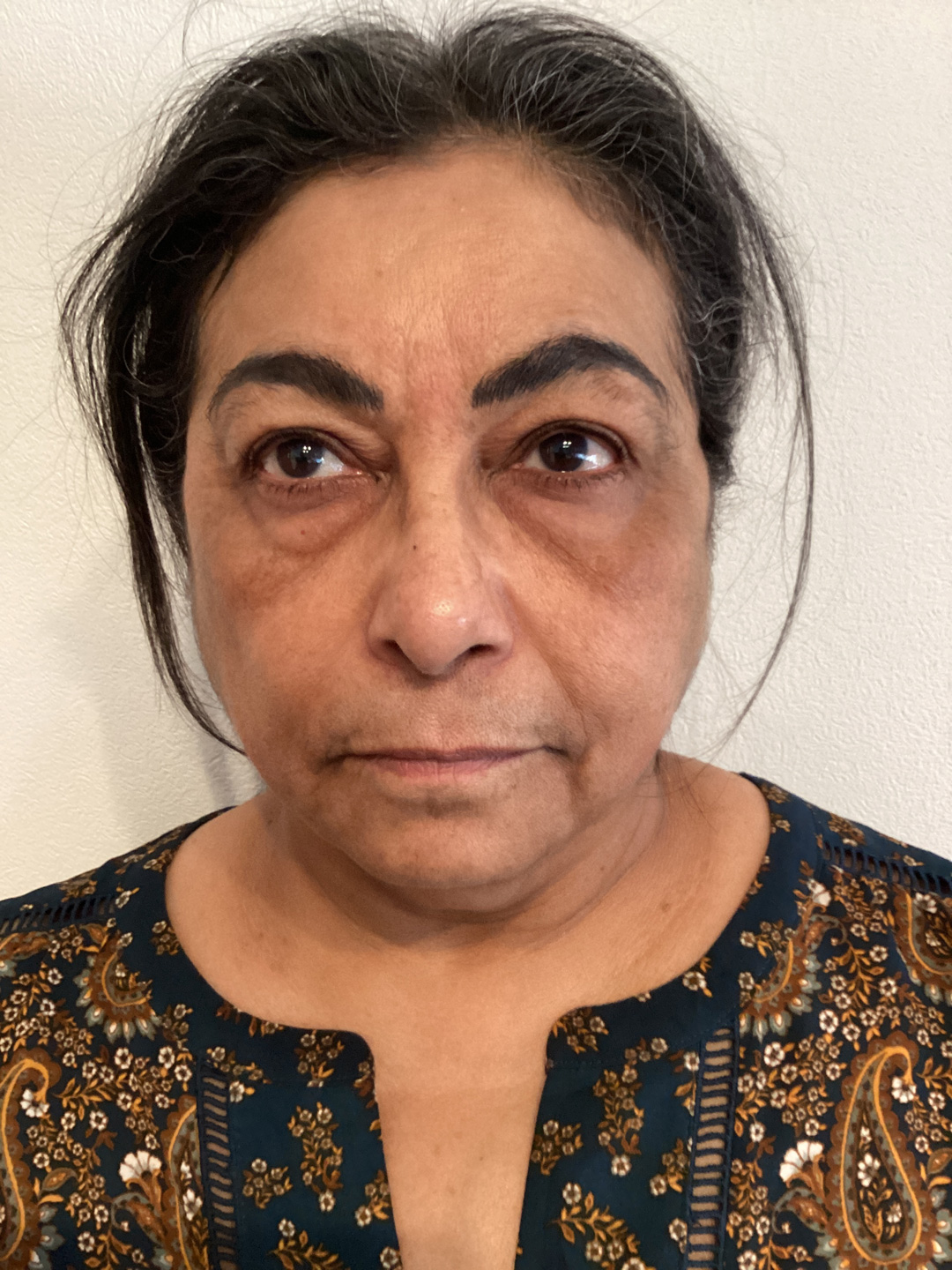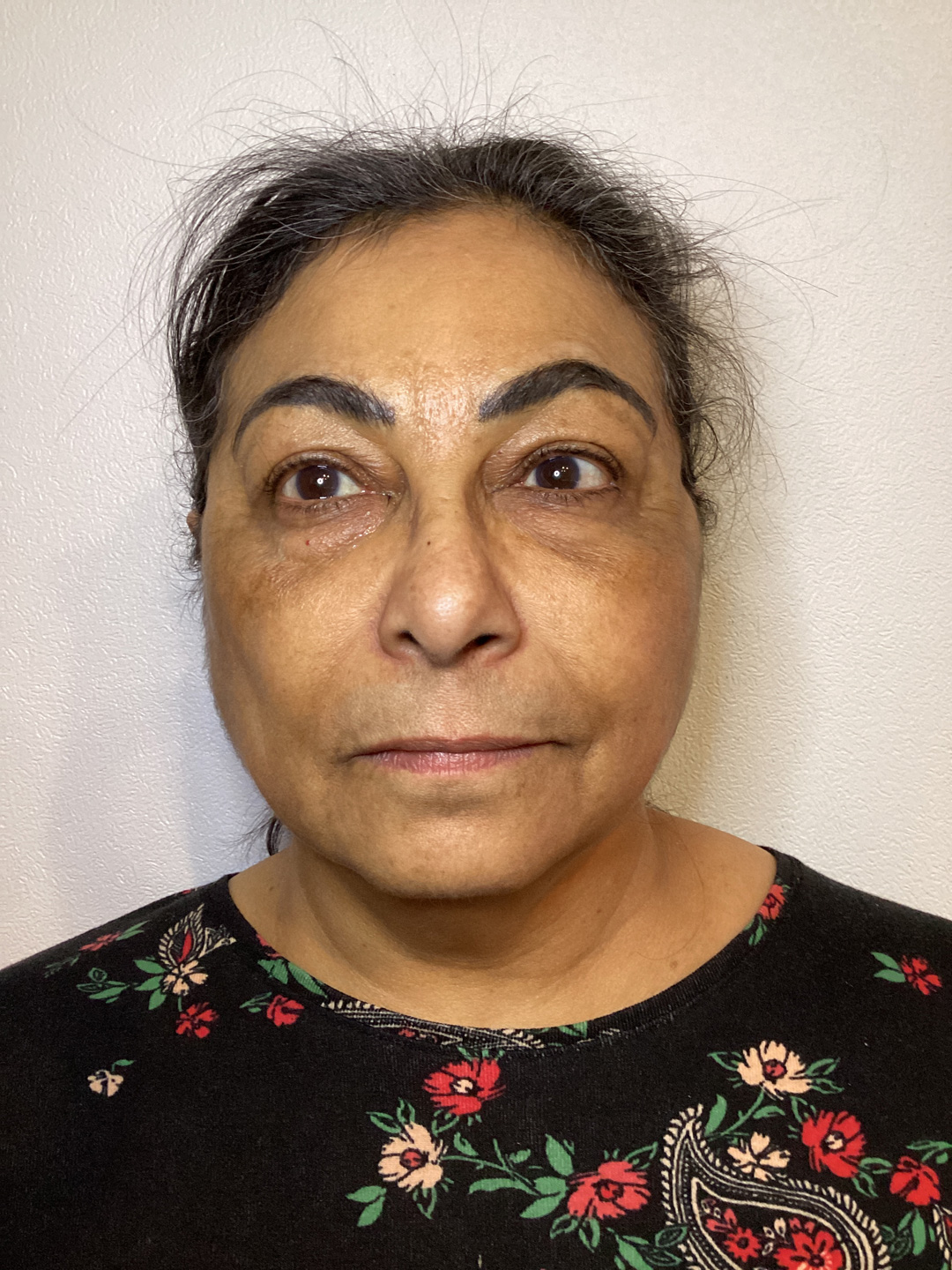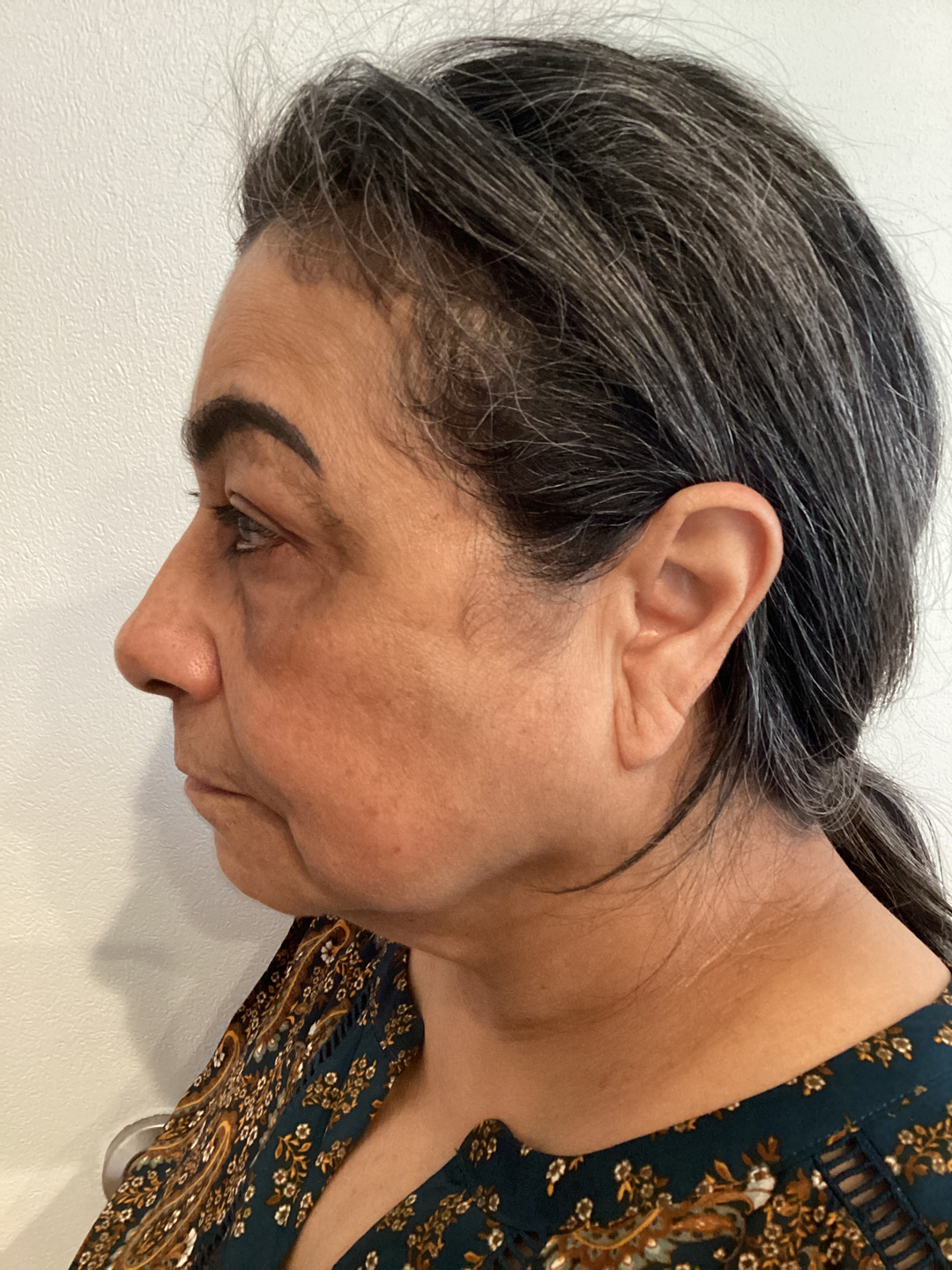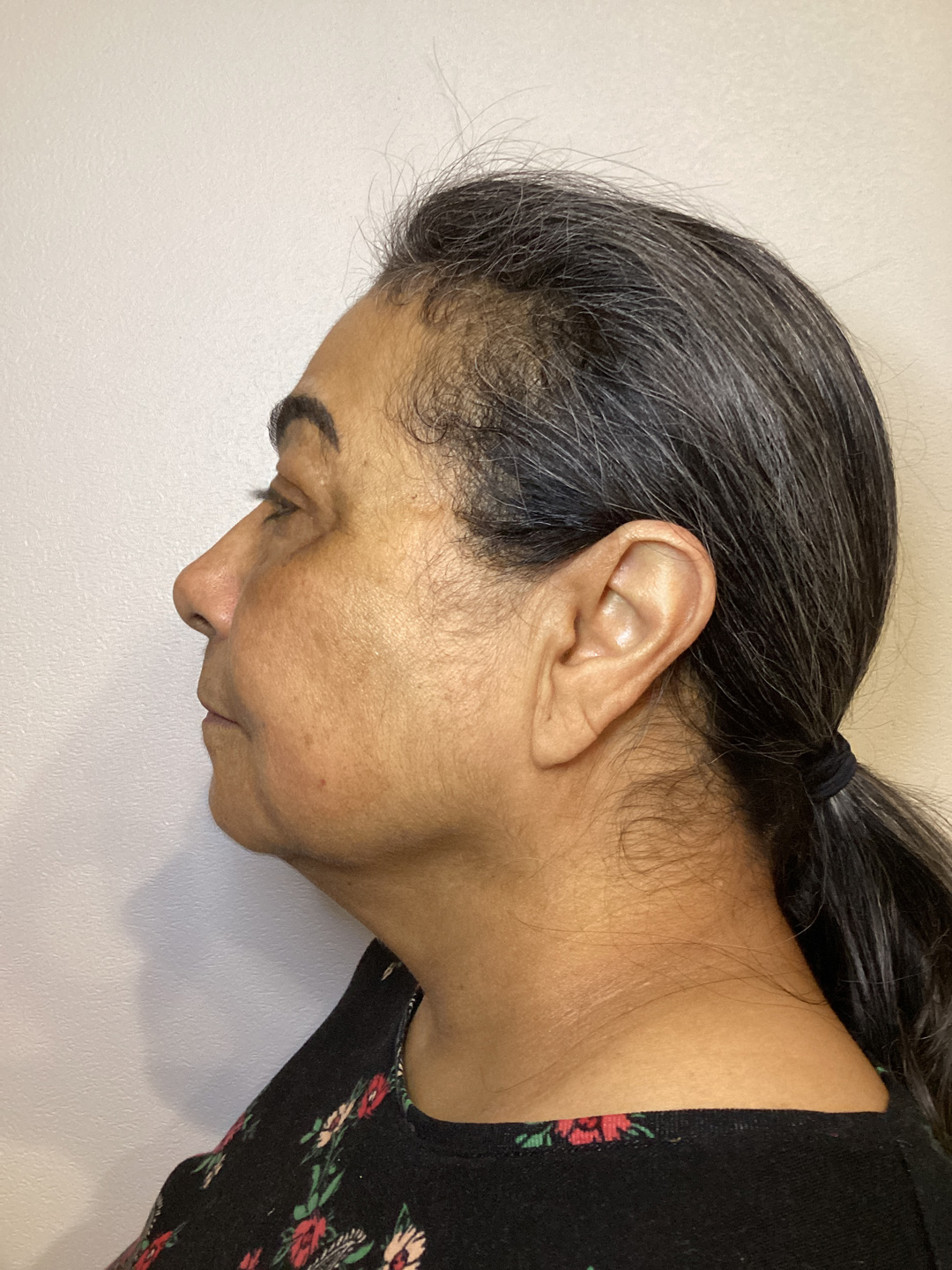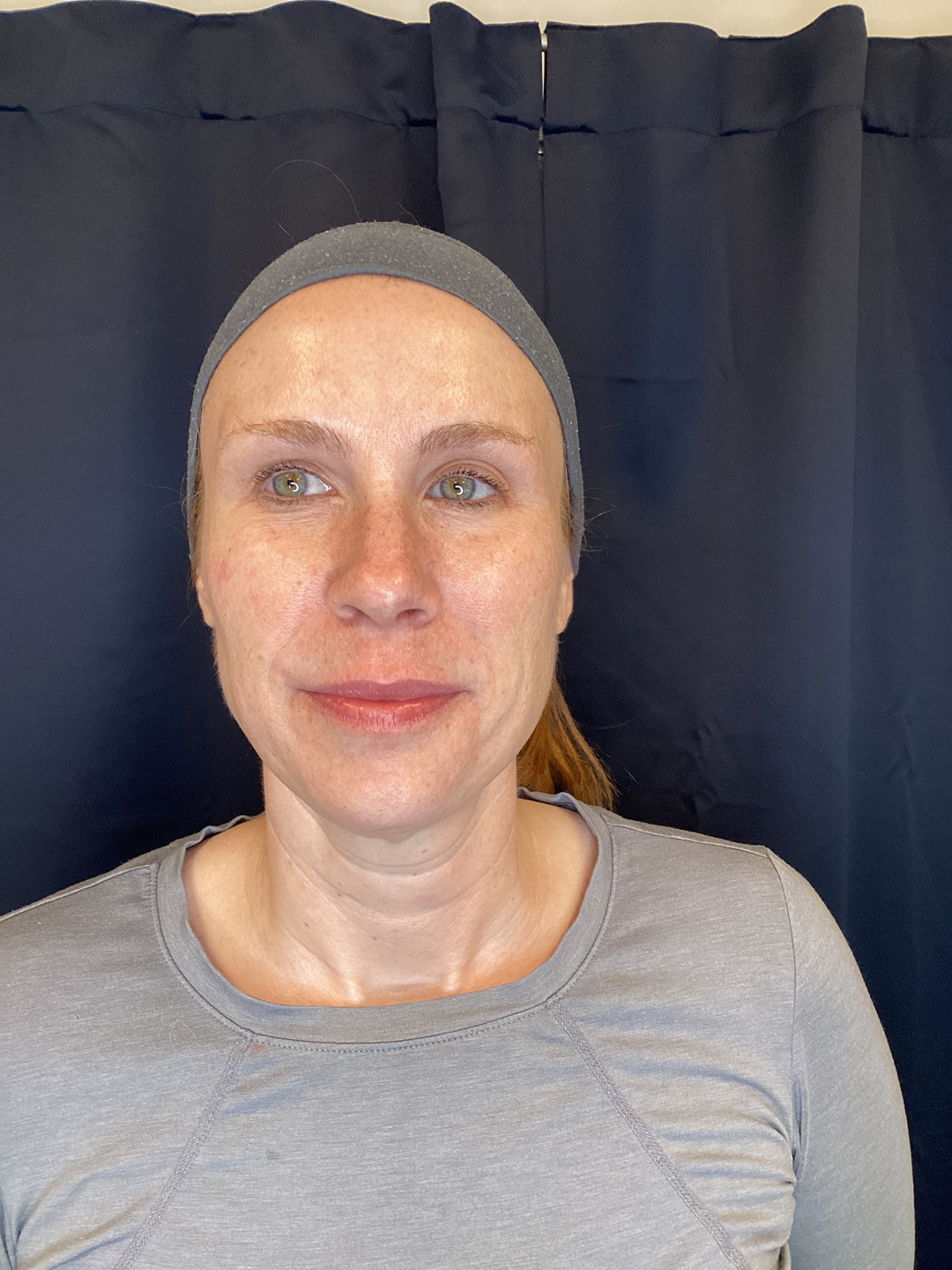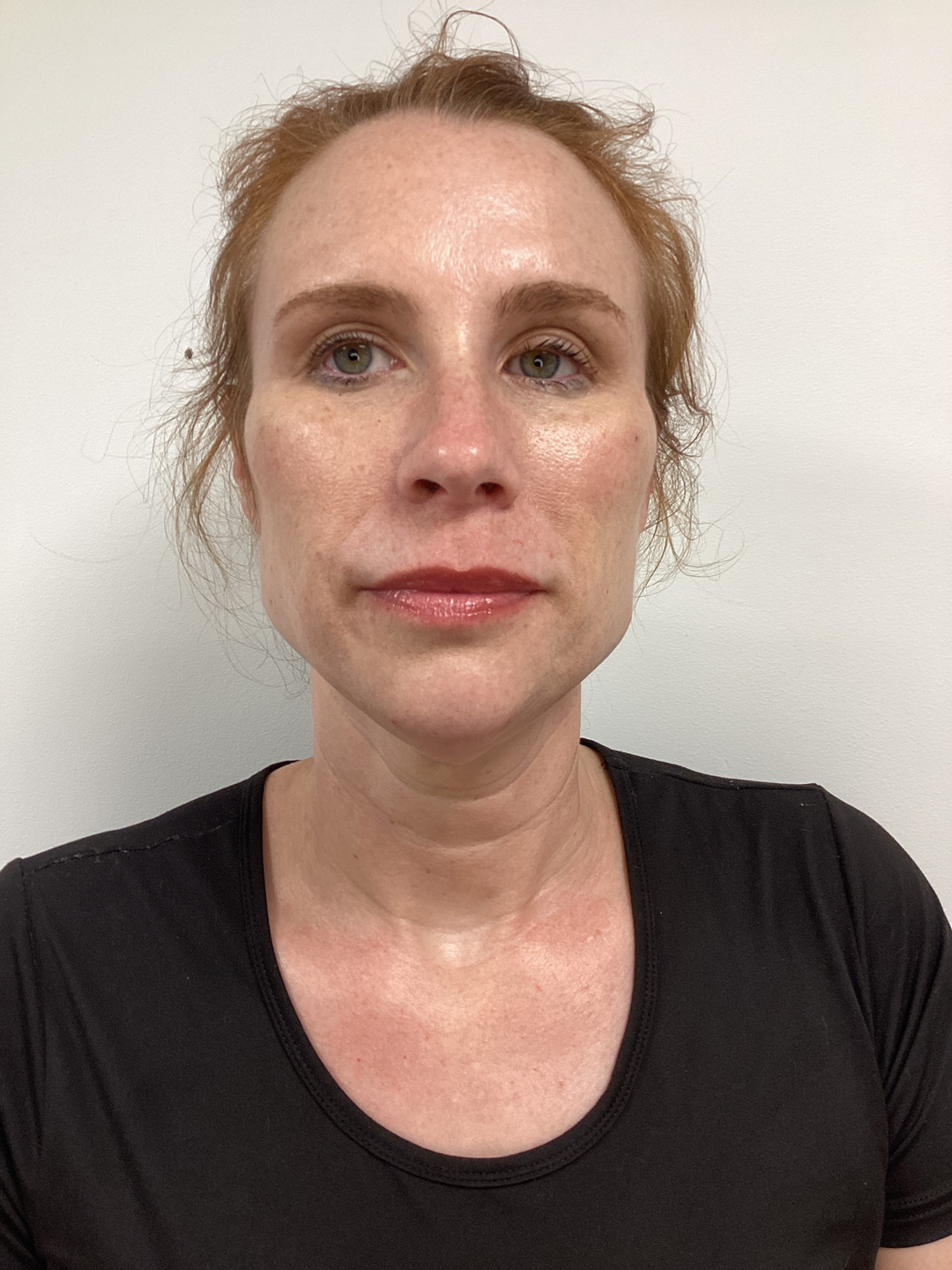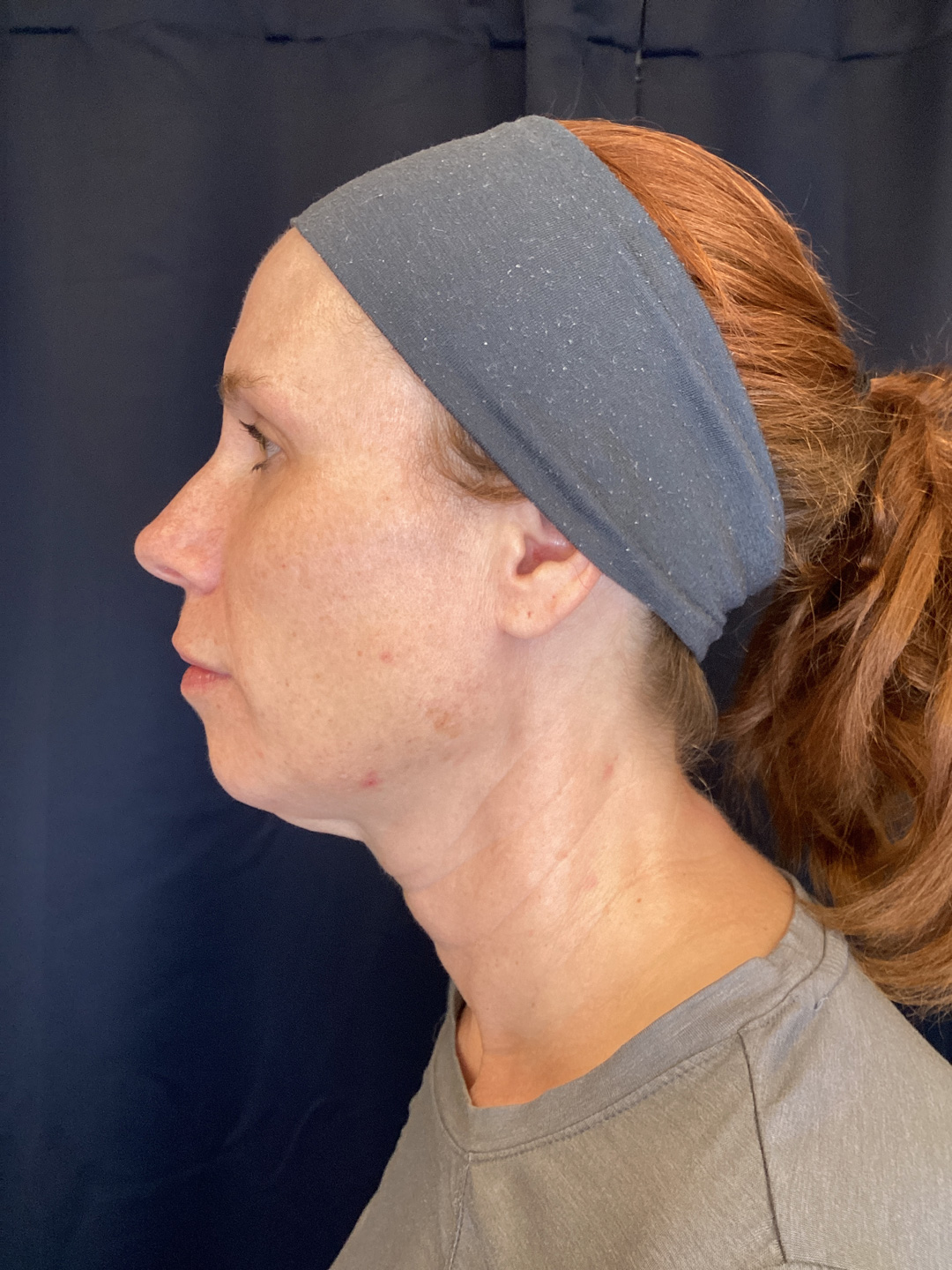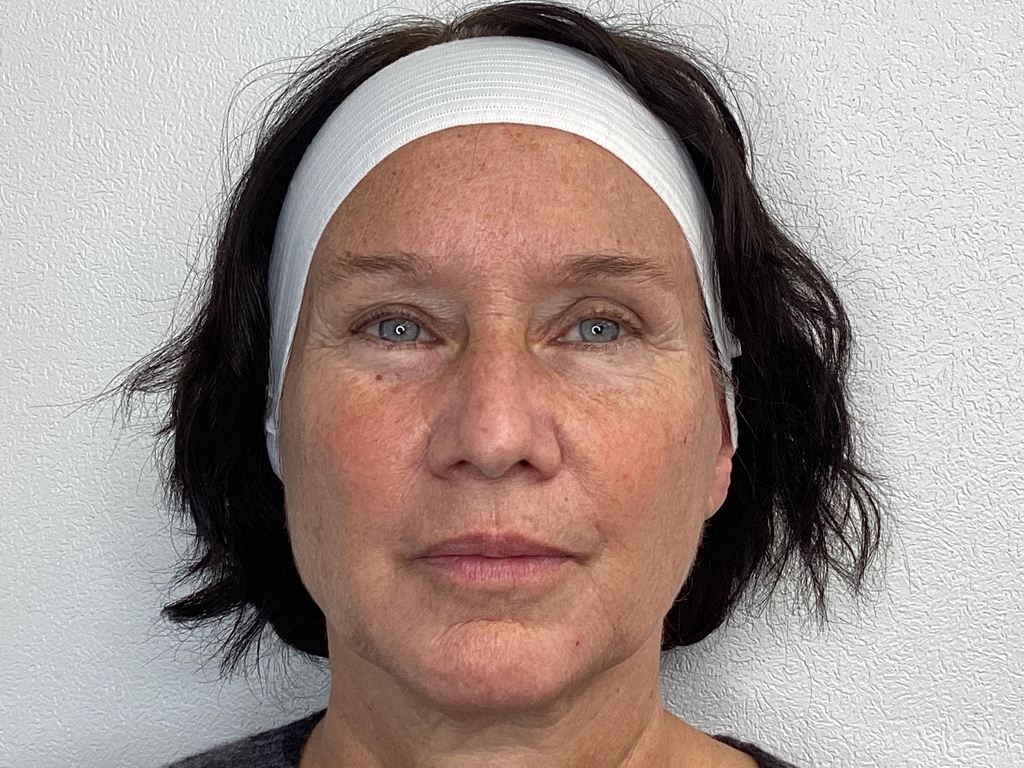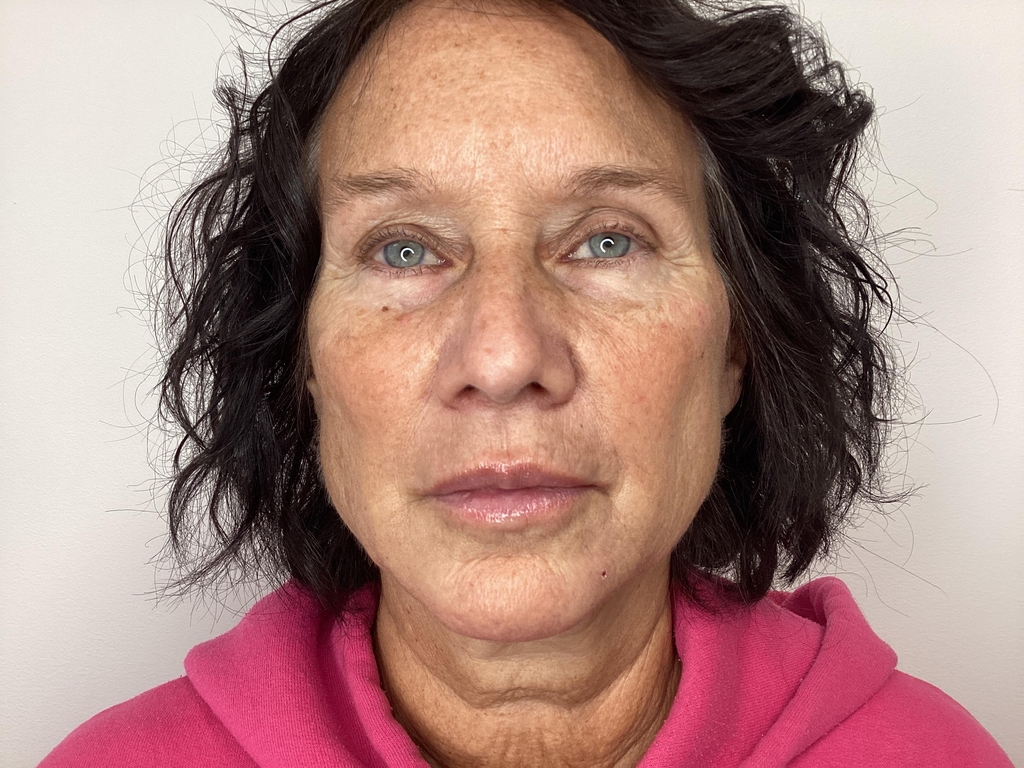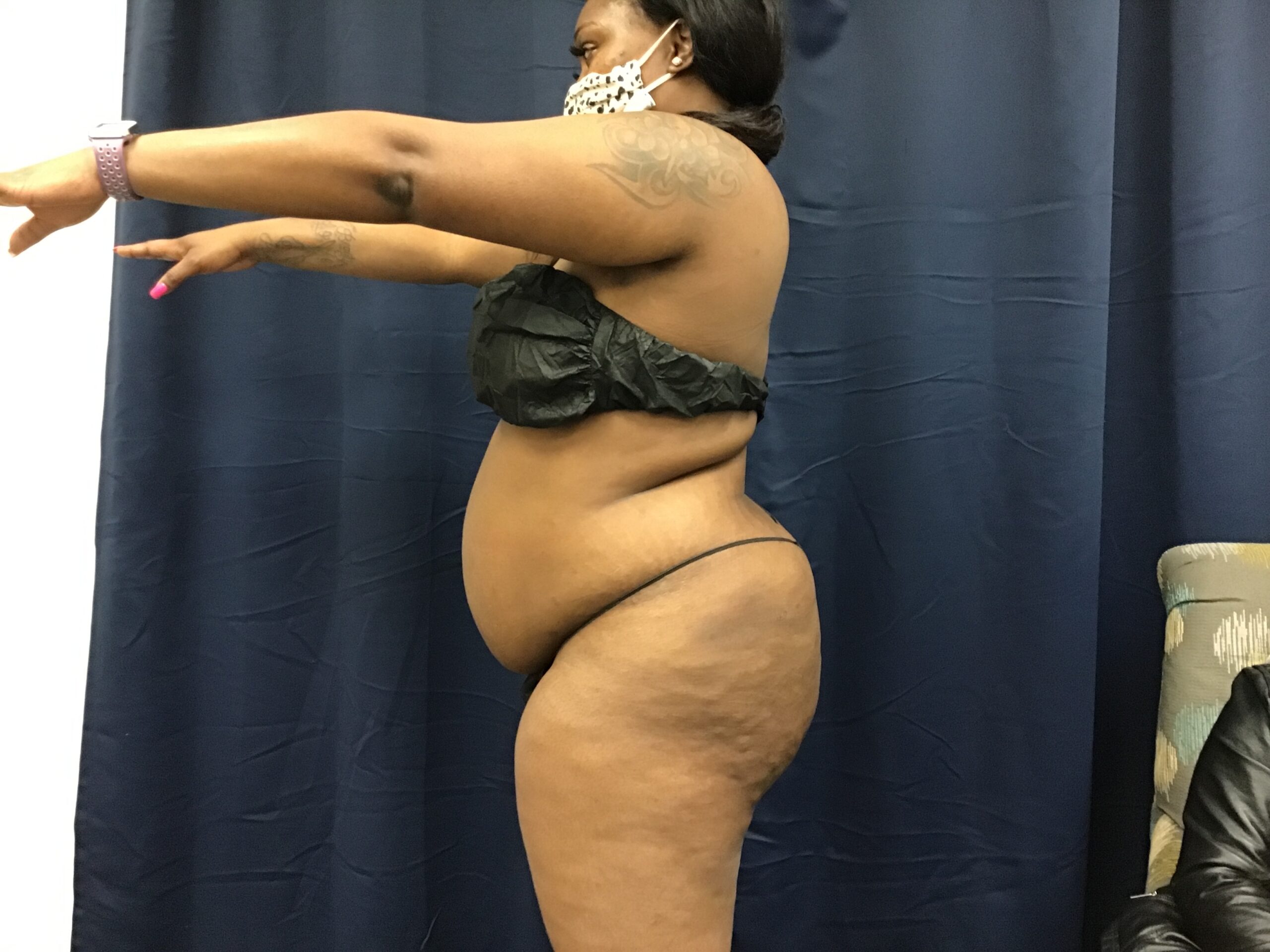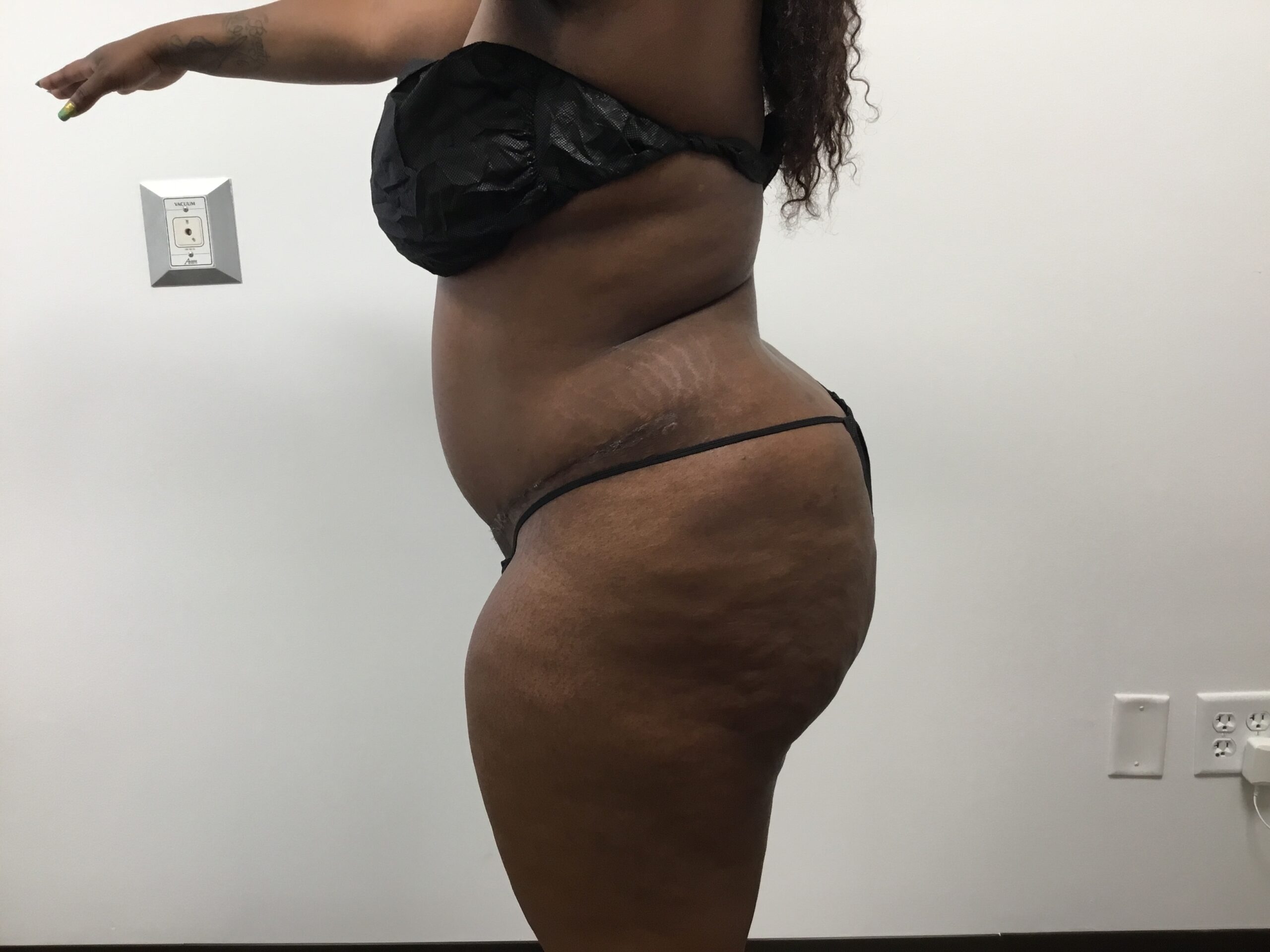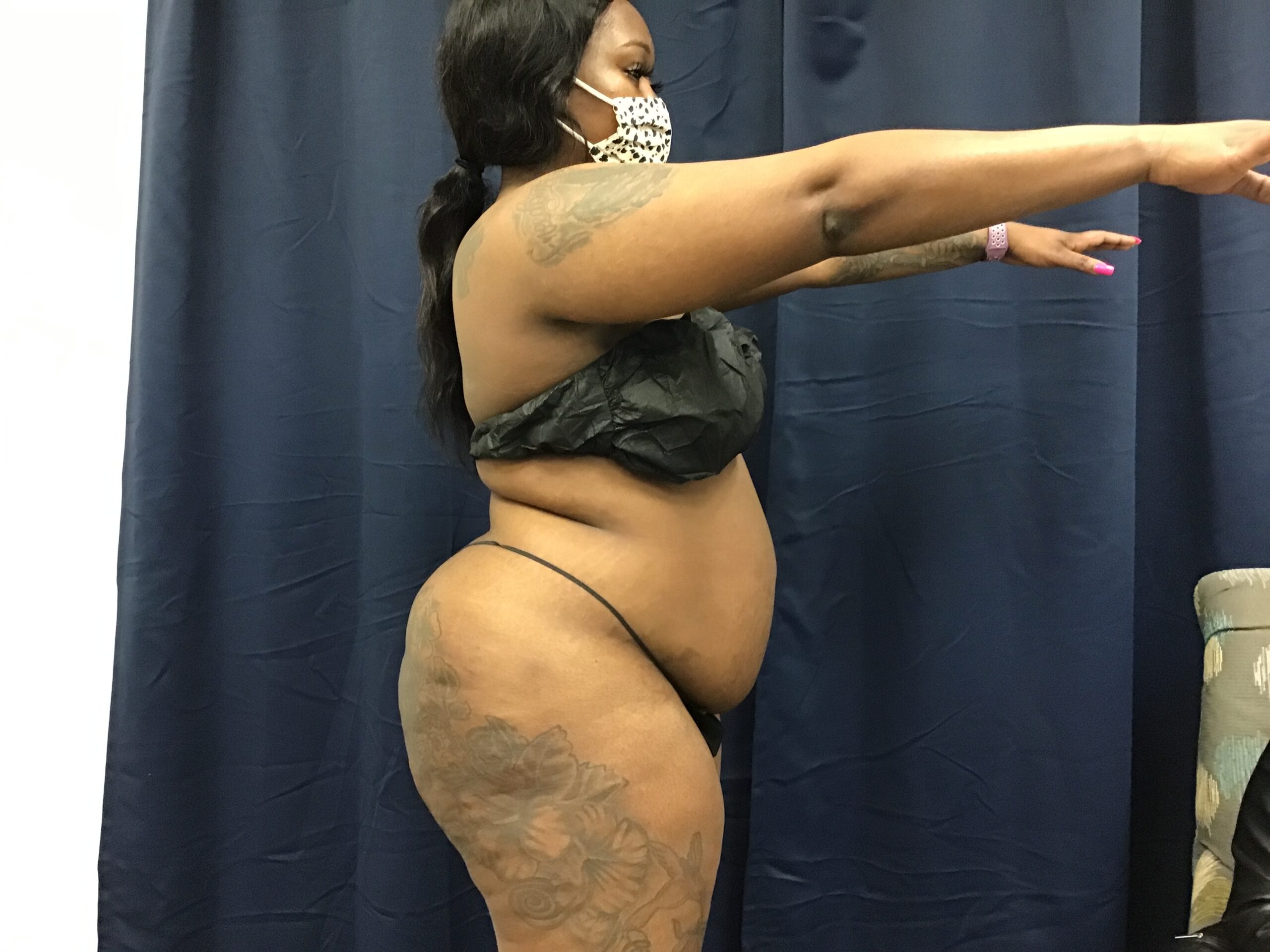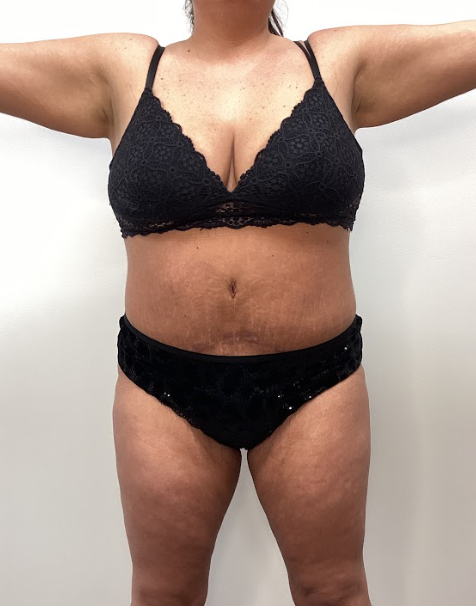MISTAKE #3: CHOOSING GENERAL ANESTHESIA VS. LOCAL ANESTHESIA
More people have died from general anesthesia in one year as compared to the 30 years that local anesthesia has been around for office-based liposuction procedures; if choosing to increase your risk of death isn't a major mistake, then I don't know what is.
Putting the risk of dying aside, having general anesthesia usually means the procedure will be performed in an OR setting in a hospital or surgery center, which will add to the price of your procedure (with facility and anesthesiologist fees to be added in). Beyond that, there are the after-effects of the anesthesia, which for some will include an increase in post-op nausea and vomiting.
General anesthesia usually means you will be undergoing traditional liposuction, therefore more trauma, more downtime, more pain, and a higher chance of sub standard body contouring.
And lastly, I can't tell you how many times I have heard from patients about areas that were supposed to be done at the time of the procedure, paid for, and were either inadequately done or seemingly not done at all.
When you are awake, you know what areas are done and, if you wish, you can see how much was removed from each area.
MISTAKE #4: OPTING FOR EXCESSIVE TRAUMA
After one simple question, you will know whether you are choosing excessive trauma or not. That question is: “Doctor, how do you perform your liposuction procedure, what type of instrument or machine do you use?”
If their answer is the “usual way” or “traditional way” or they insist on you being asleep for the procedure, you can bet your last paycheck that you are opting for the “excessive trauma way” as well.
If the don't describe any advanced technology to you, double your previous bet, because you just won the “excessive trauma way” again.
Traditional liposuction uses large, sharp instruments, hooked to suction, to cut and suck large chunks of fat along with bits of blood vessels, nerves and skin support structures. Chunking fat and cutting skin support structures will increase your chances of skin waviness and lumps after healing. Severing blood vessels will cause bleeding and significant increase in bruising. Nicking nerves will lead to odd or persistent numbness or sensation.
Tickle Lipo utilizes instruments at least 1/2 to 1/3 the size of traditional instruments. There are no sharp edges so structures cannot be chunked, cut, severed or nicked. The gentle rotation/ vibration of the Tickle machine causes the emulsification of fat and avoids significant damage to blood vessels, nerves and skin support structures.
There is no need to settle for excessive trauma when having lipo!
MISTAKE #5: CHOOSING TO “GET BURNED”
There are two types of newer technologies that your risk of burns to skin and other skin structures.
One technology is based on ultrasound waves and is called “VASER”. The VASER instrument is vibrating at ultrasonic frequencies, which runs excessively hot. In fact, 6 1/2 years ago, when I was taught the VASER, we were warned that based on how much numbing fluid we put in, we could only VASER for so many minutes per volume used. If we went beyond those limits we would cause burns. The problem was, even if you stayed well within the limits dictated by the company, burning was still a possibility. I eventually returned this technology because I wanted to minimize any risk for my patients.
The other technology that increases your risk of burns is all the laser liposuction machines. Lasers also run excessively hot, and if the doctor is not careful, burns to skin and other skin support structures are common. Again, after trialing all the laser wavelengths, I felt that the rewards–the results obtained–were not worth the risks to my patients.
The Tickle Lipo machine uses infrasonic vibration, a low-frequency vibration that runs cool. There is NO chance of burning with this technology. The safety of my patients is paramount. I sold my lasers.






